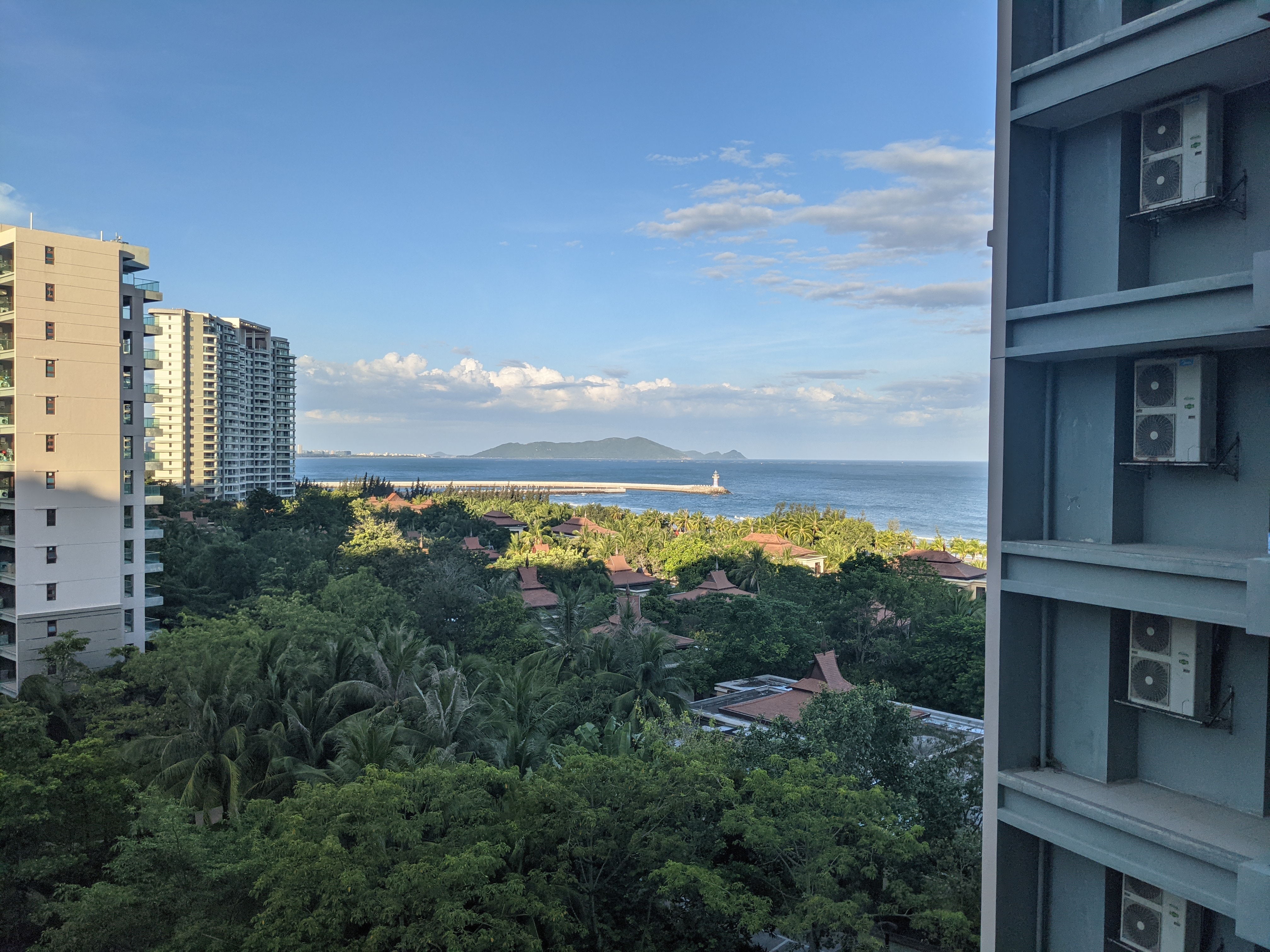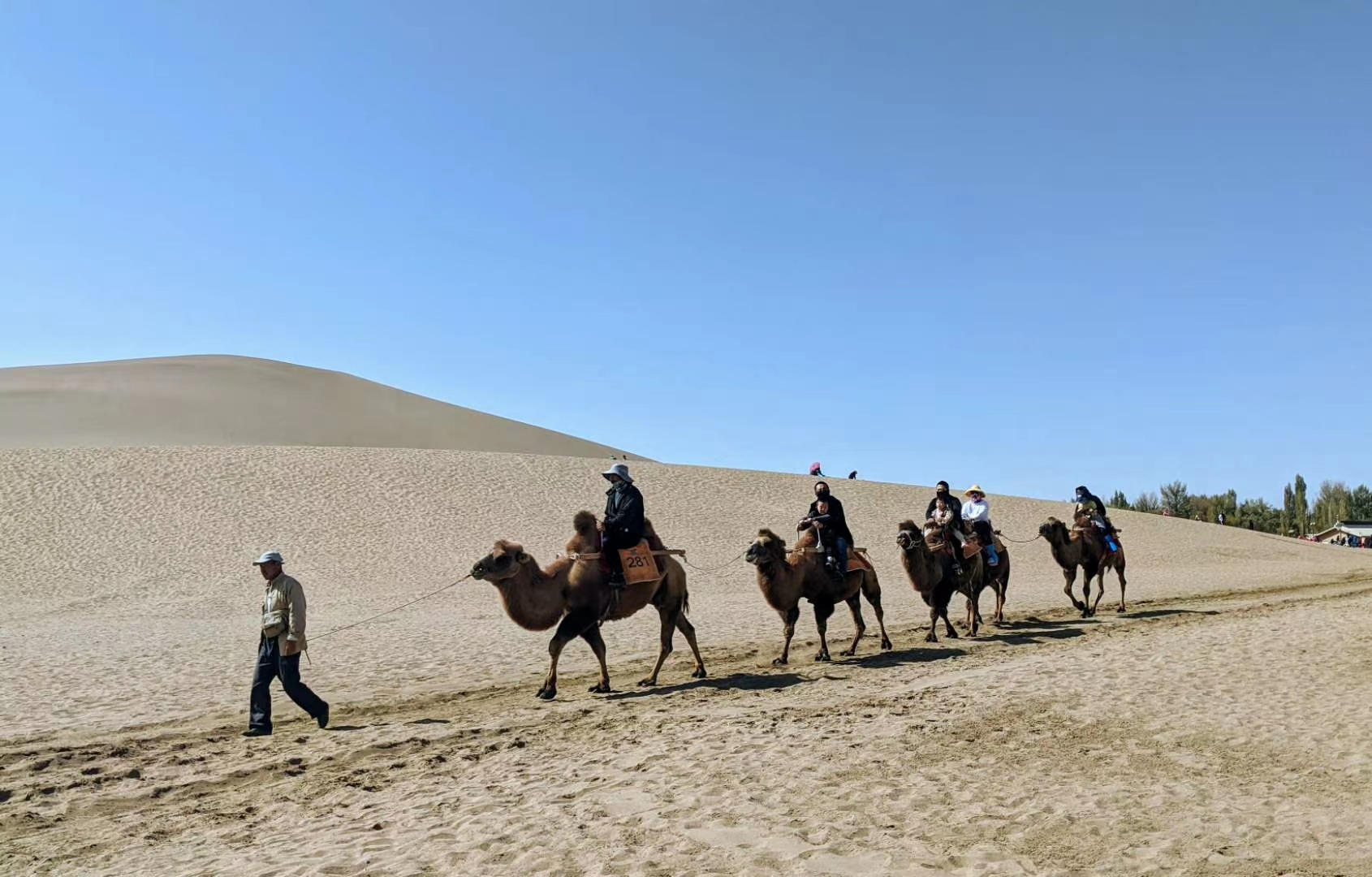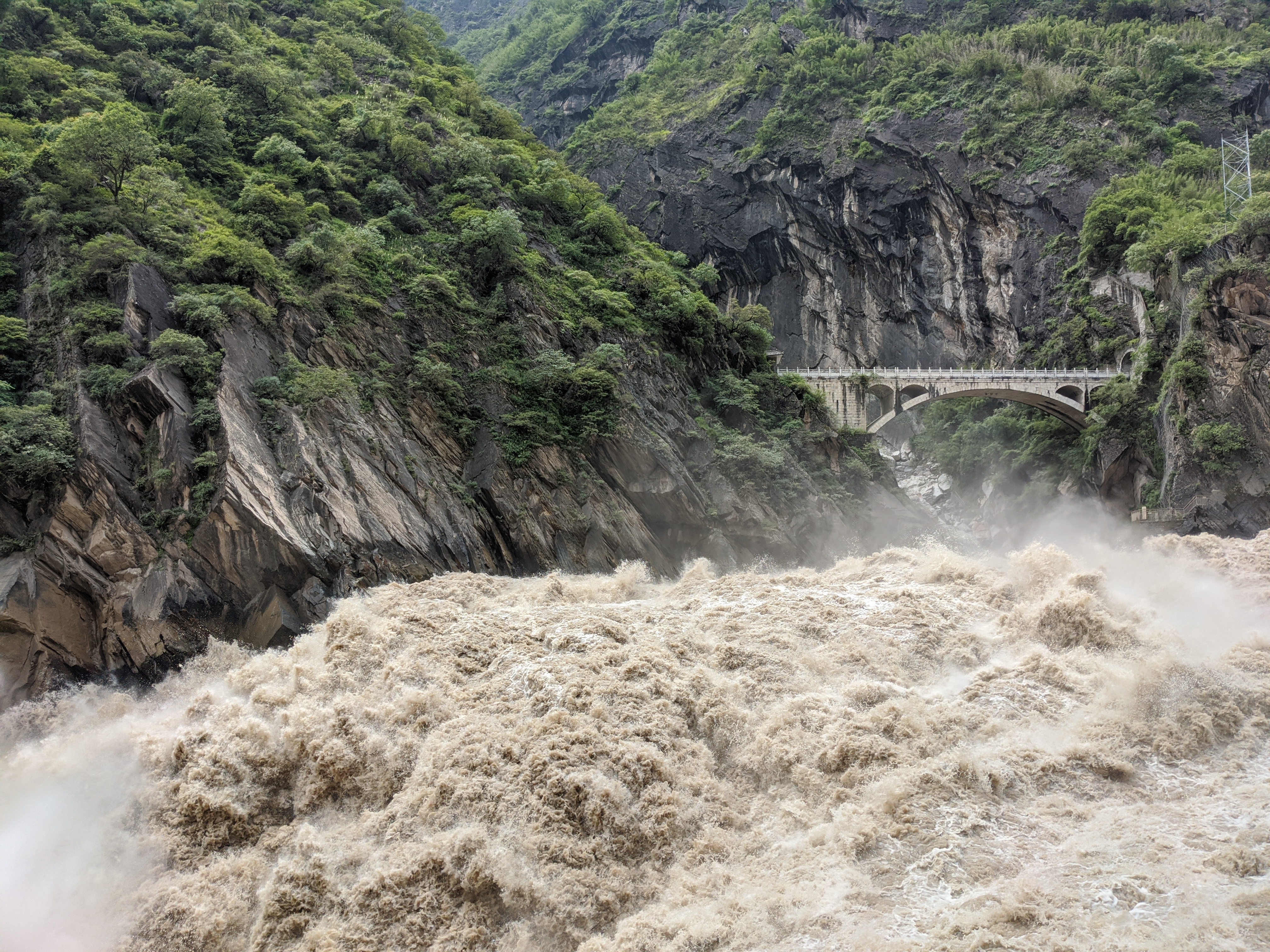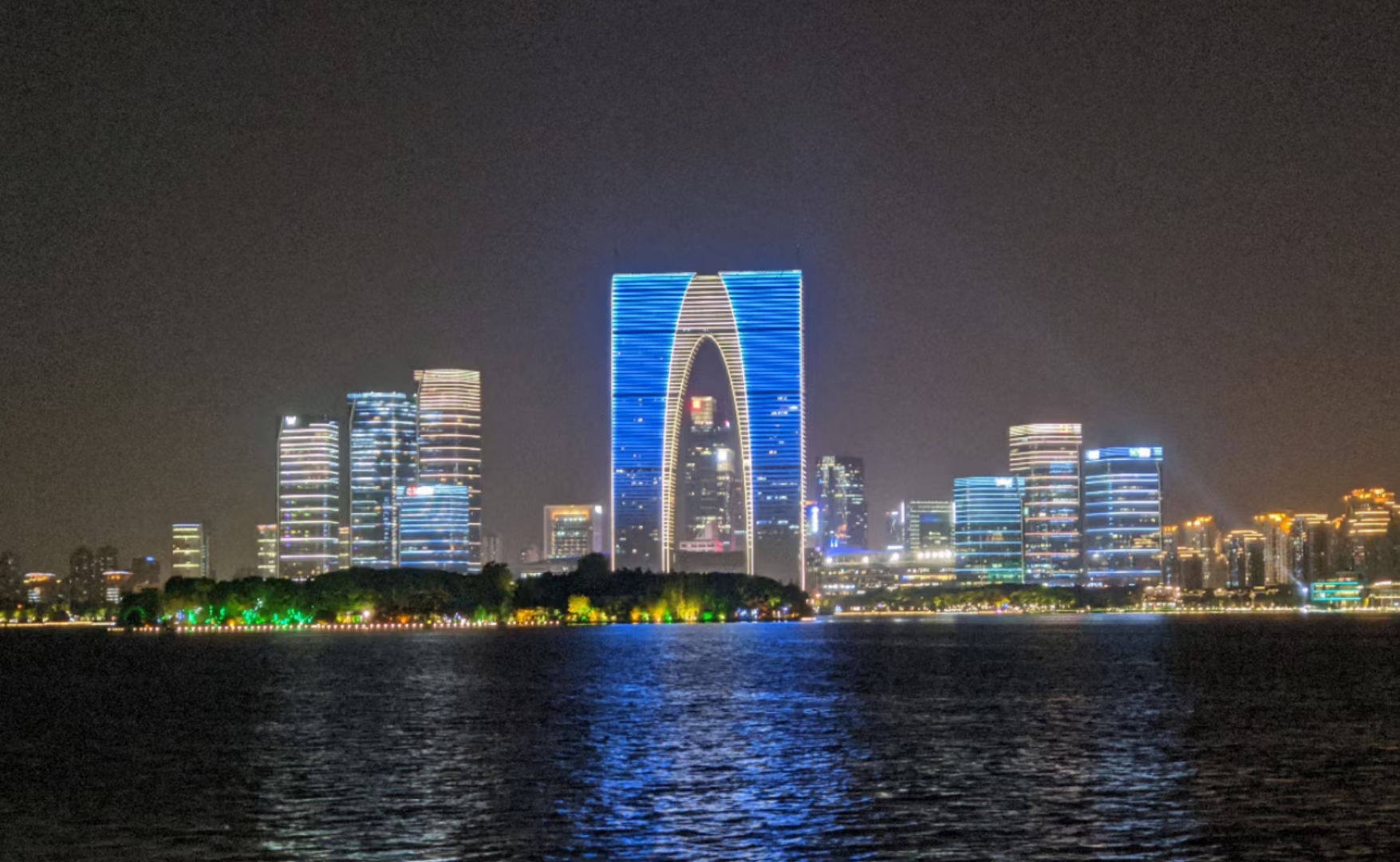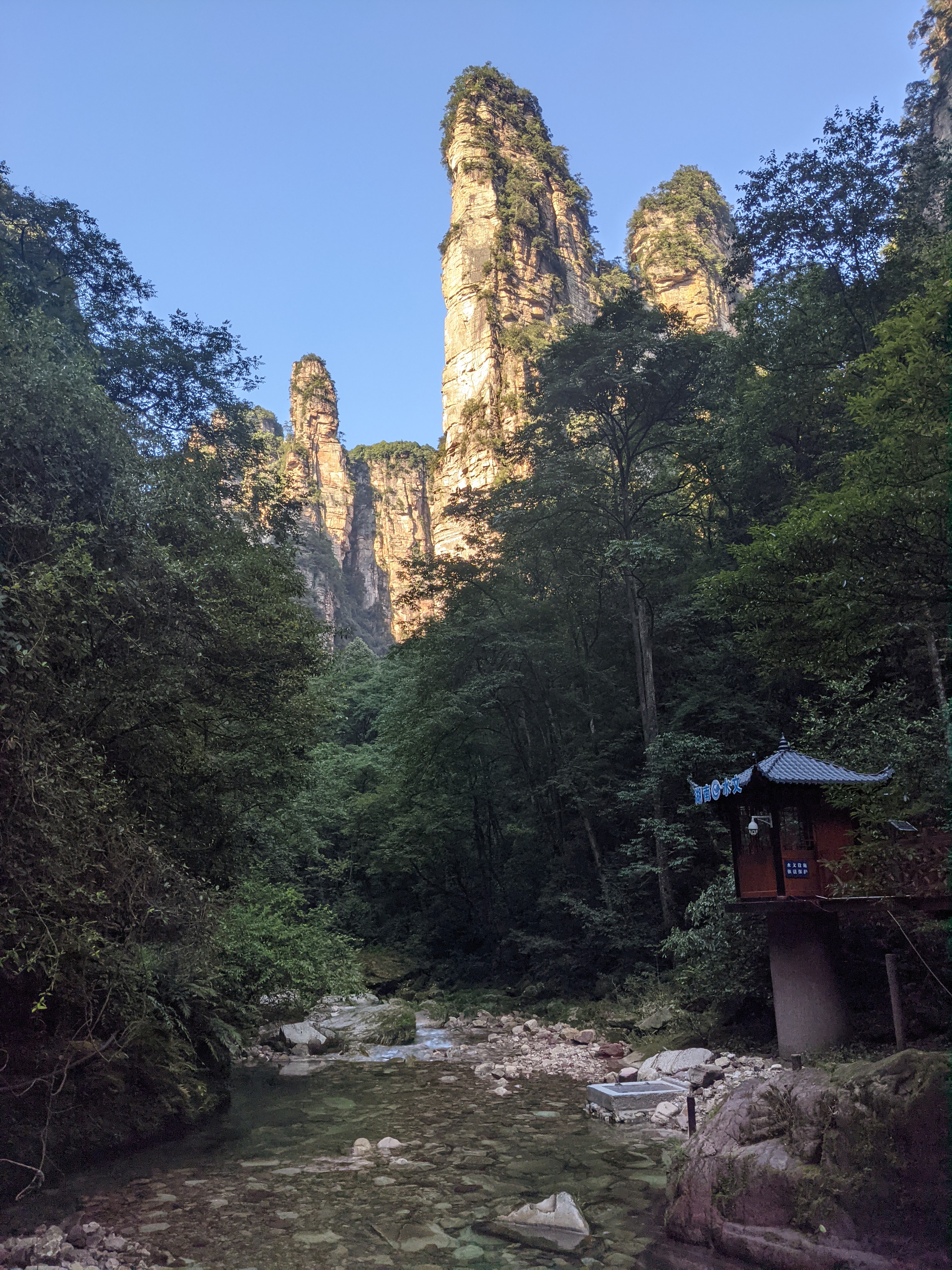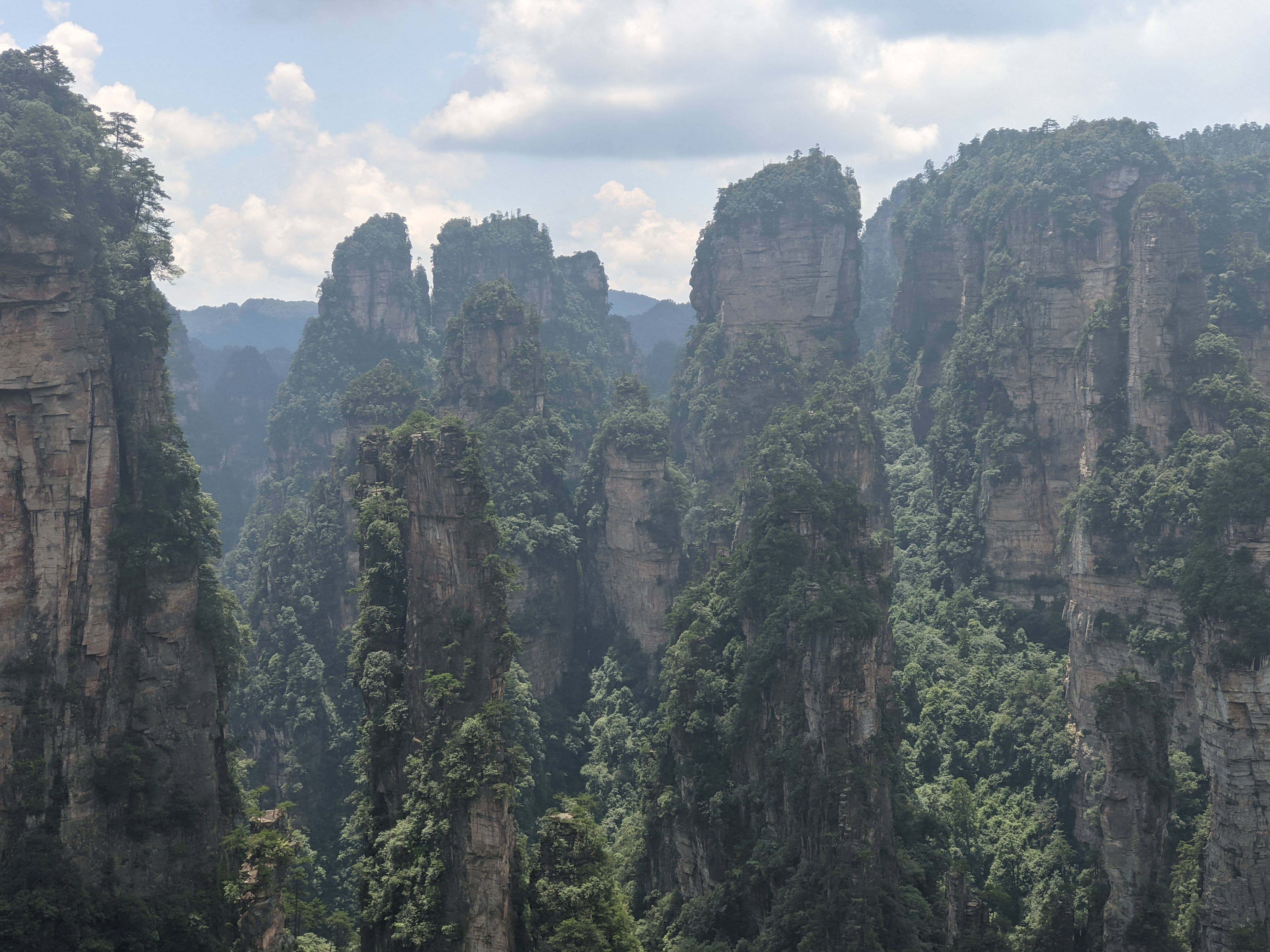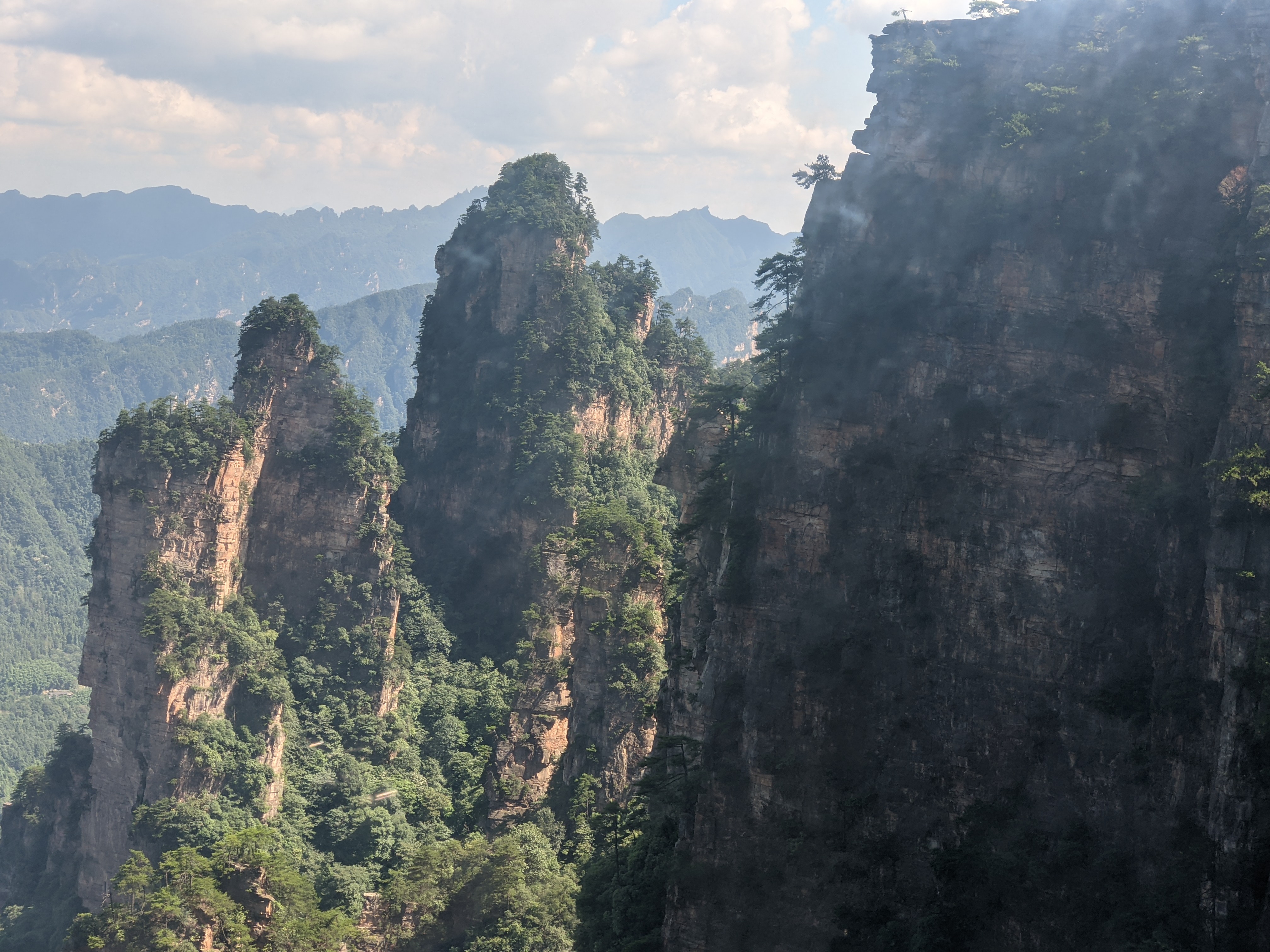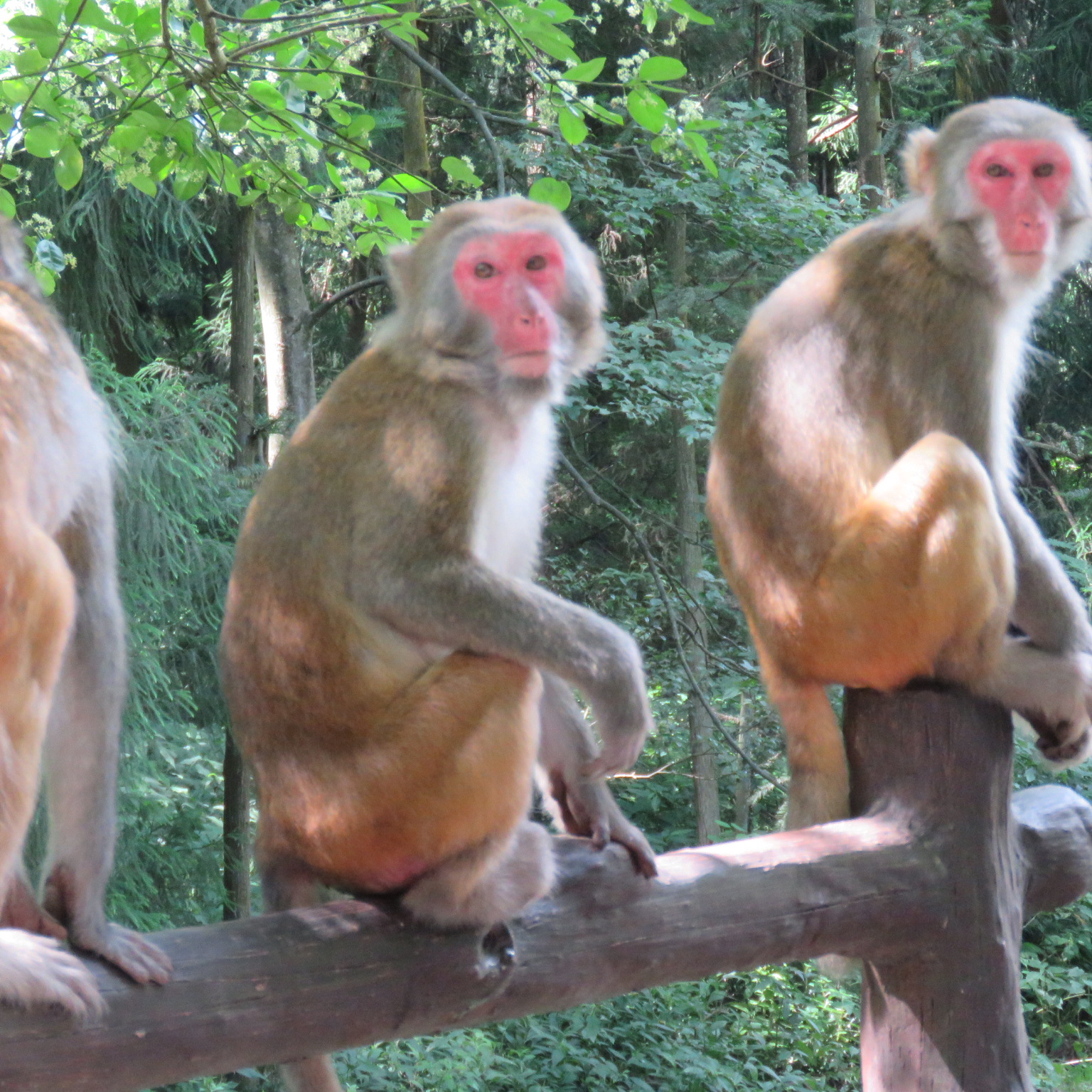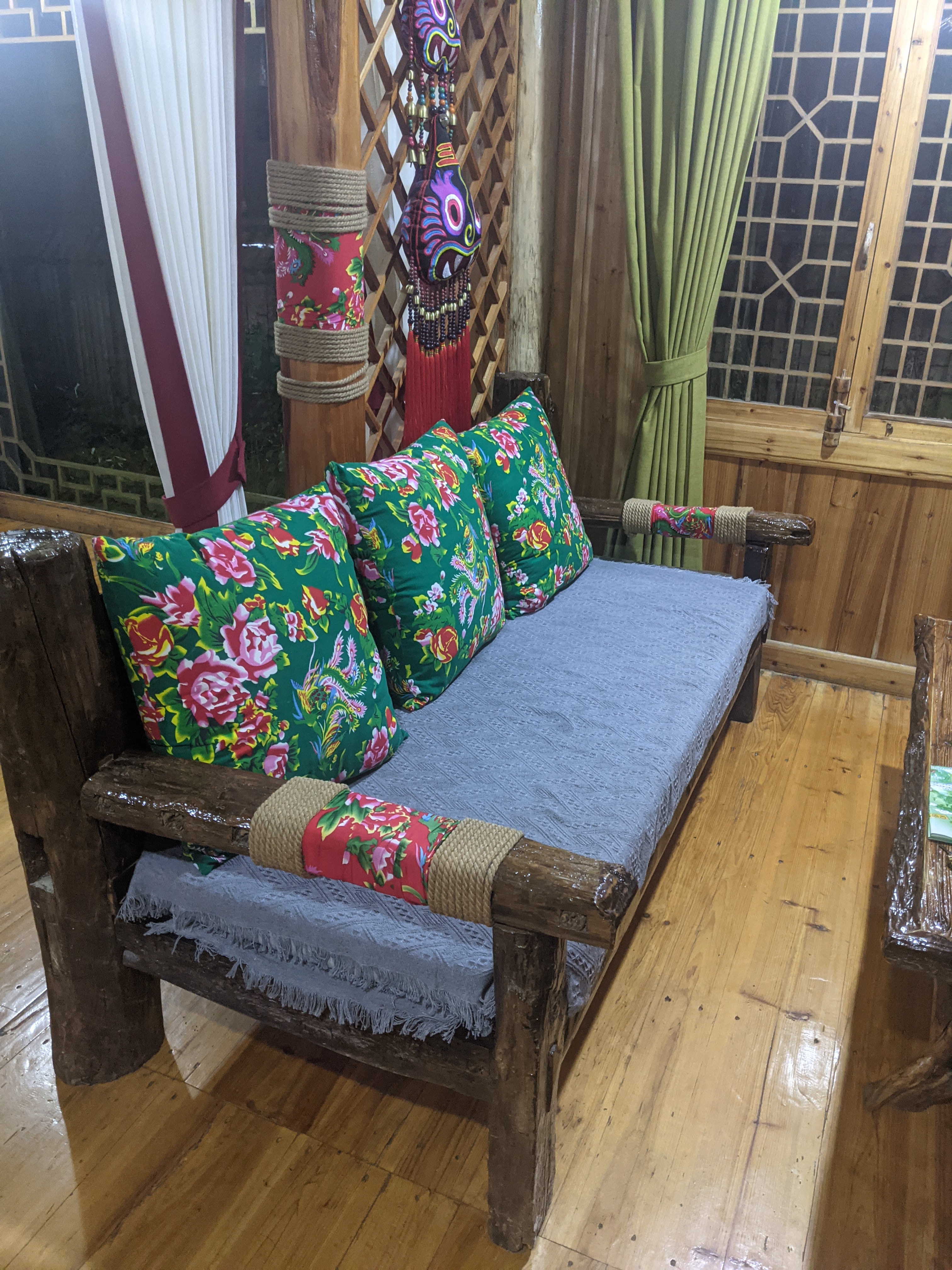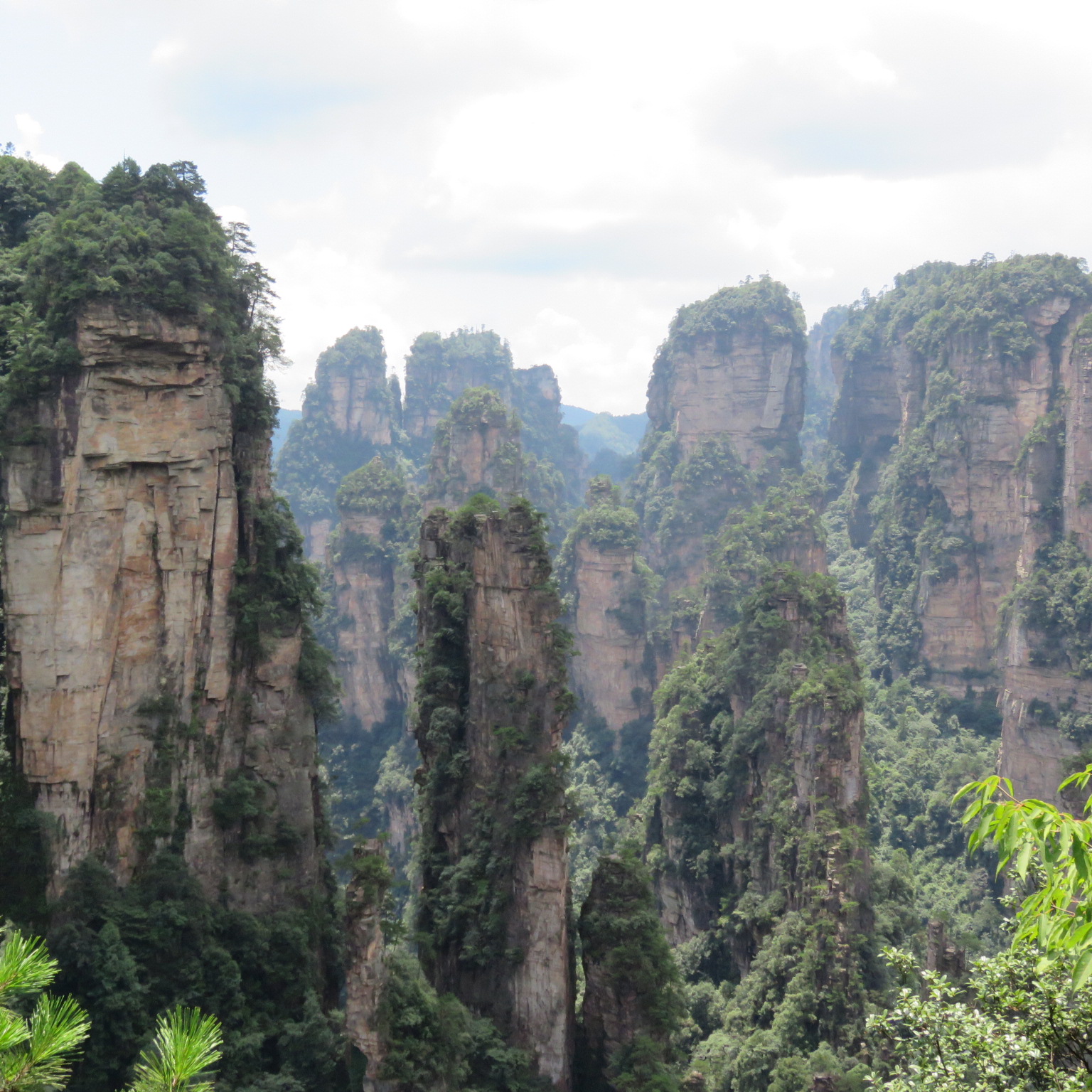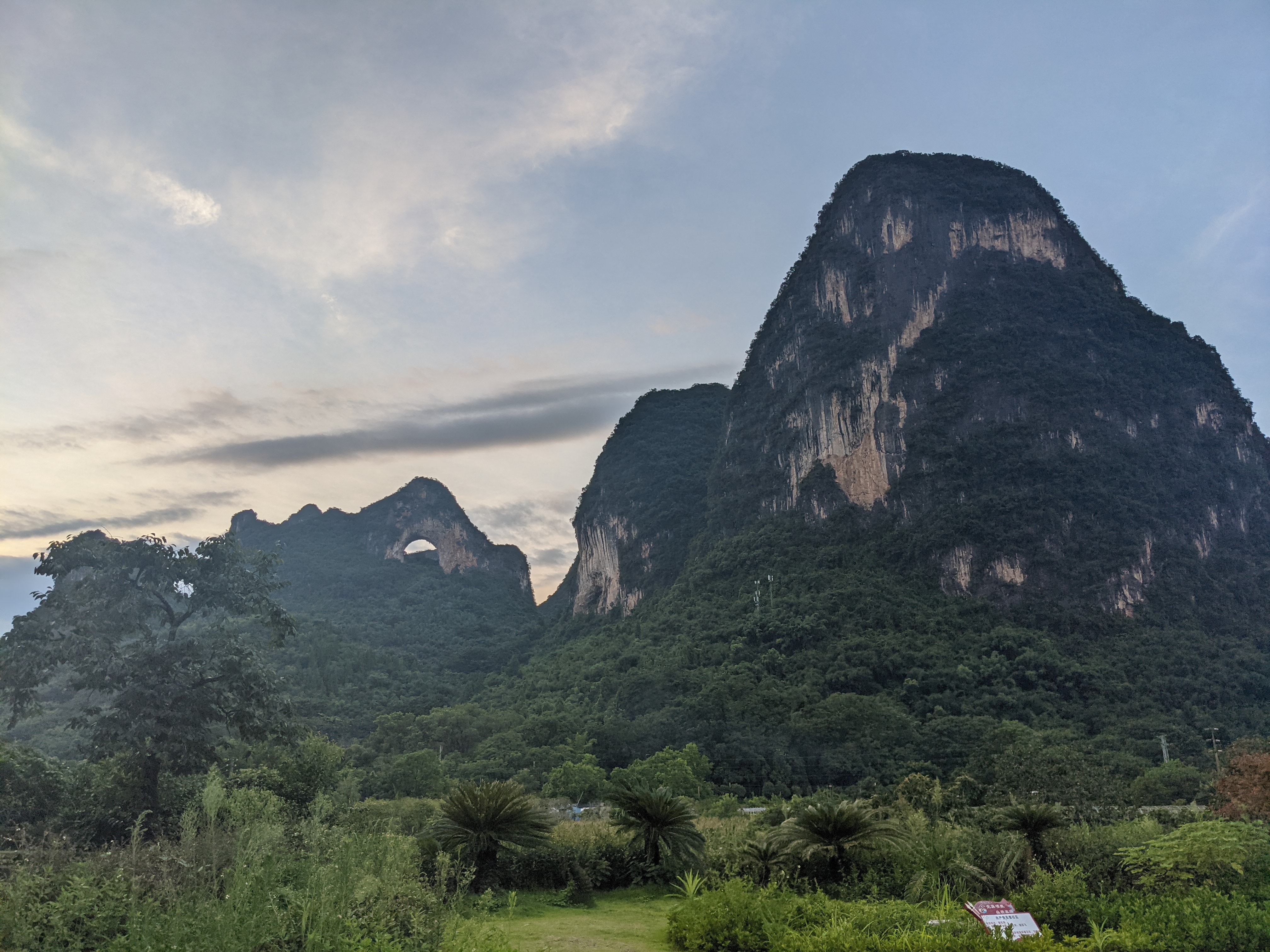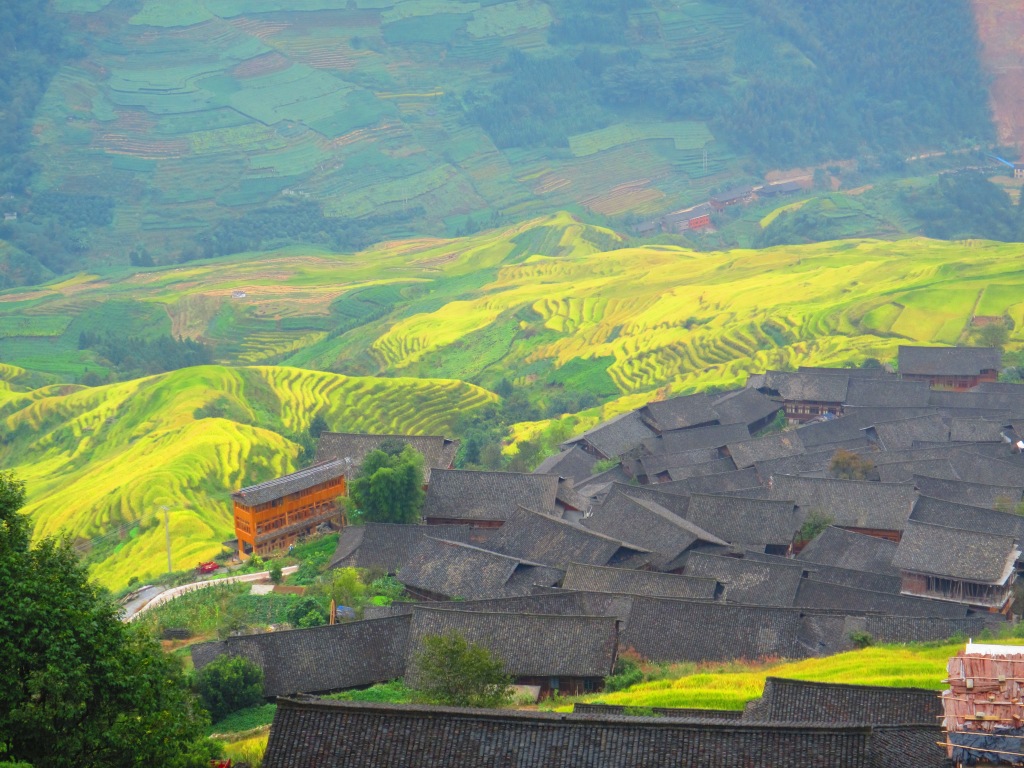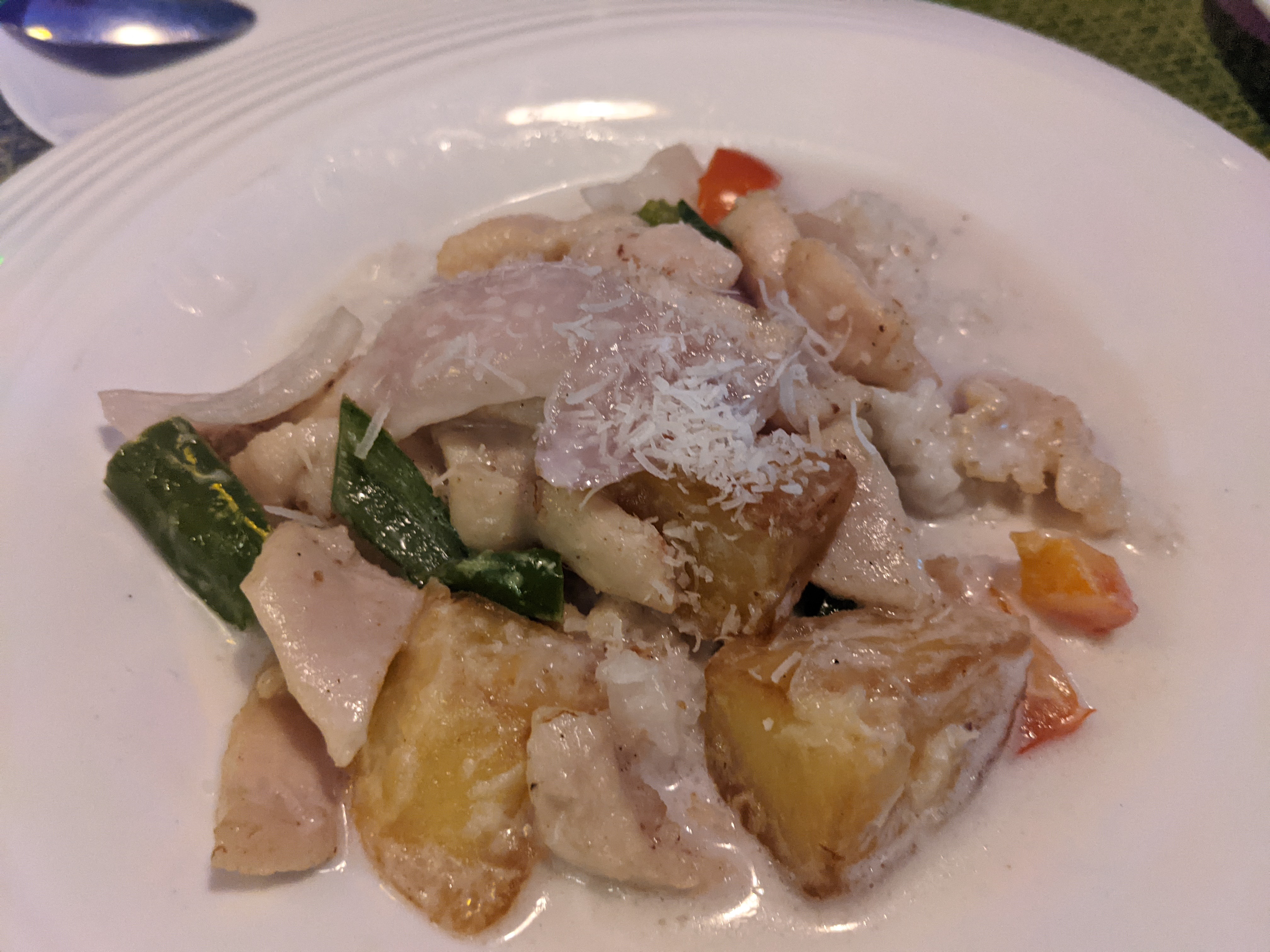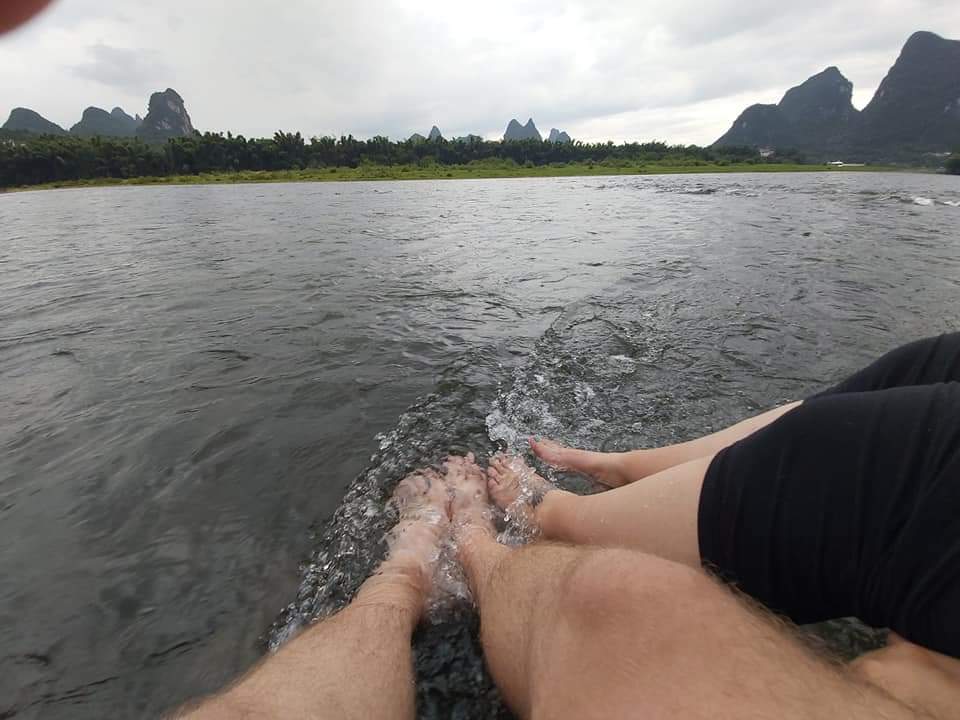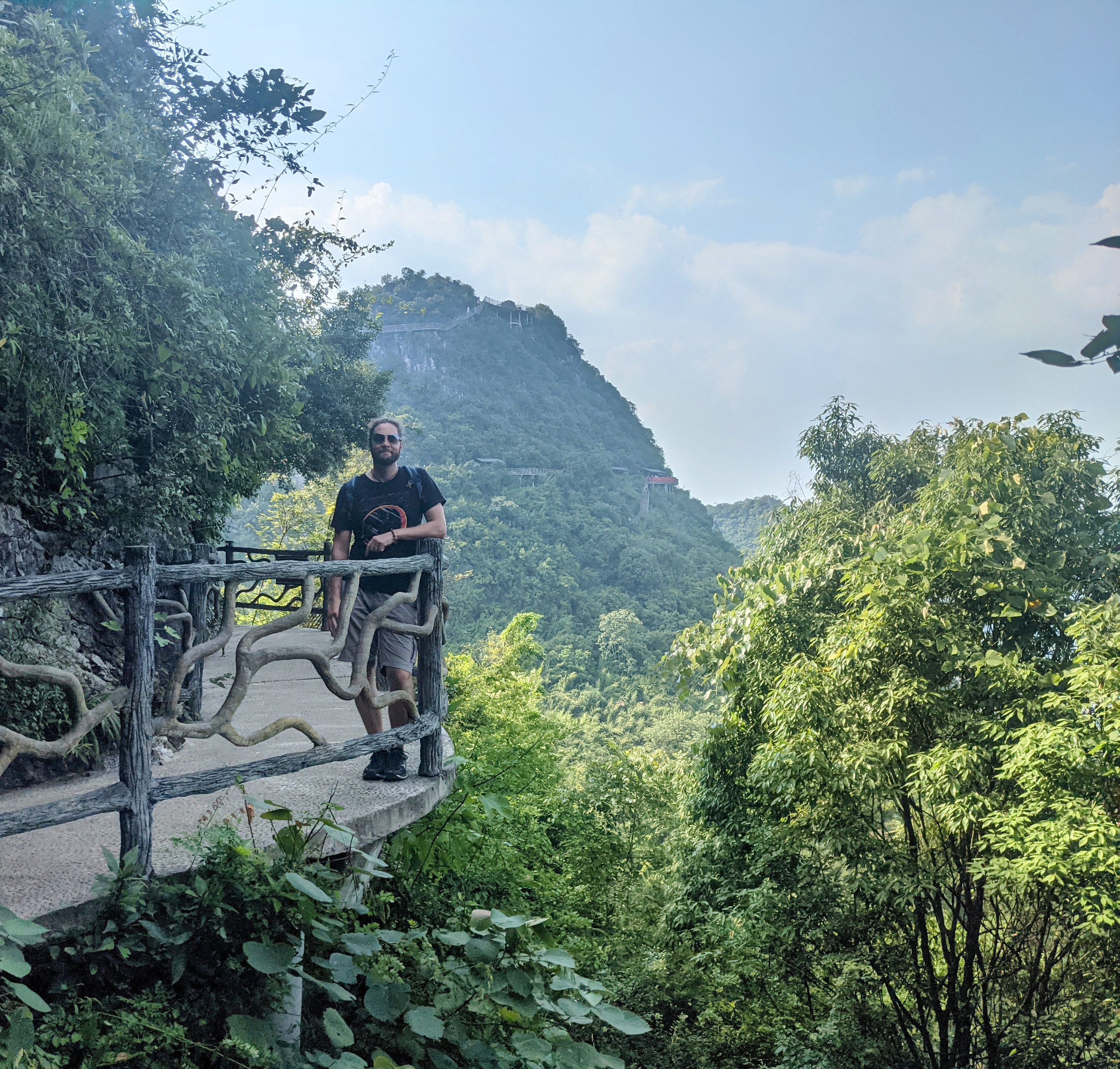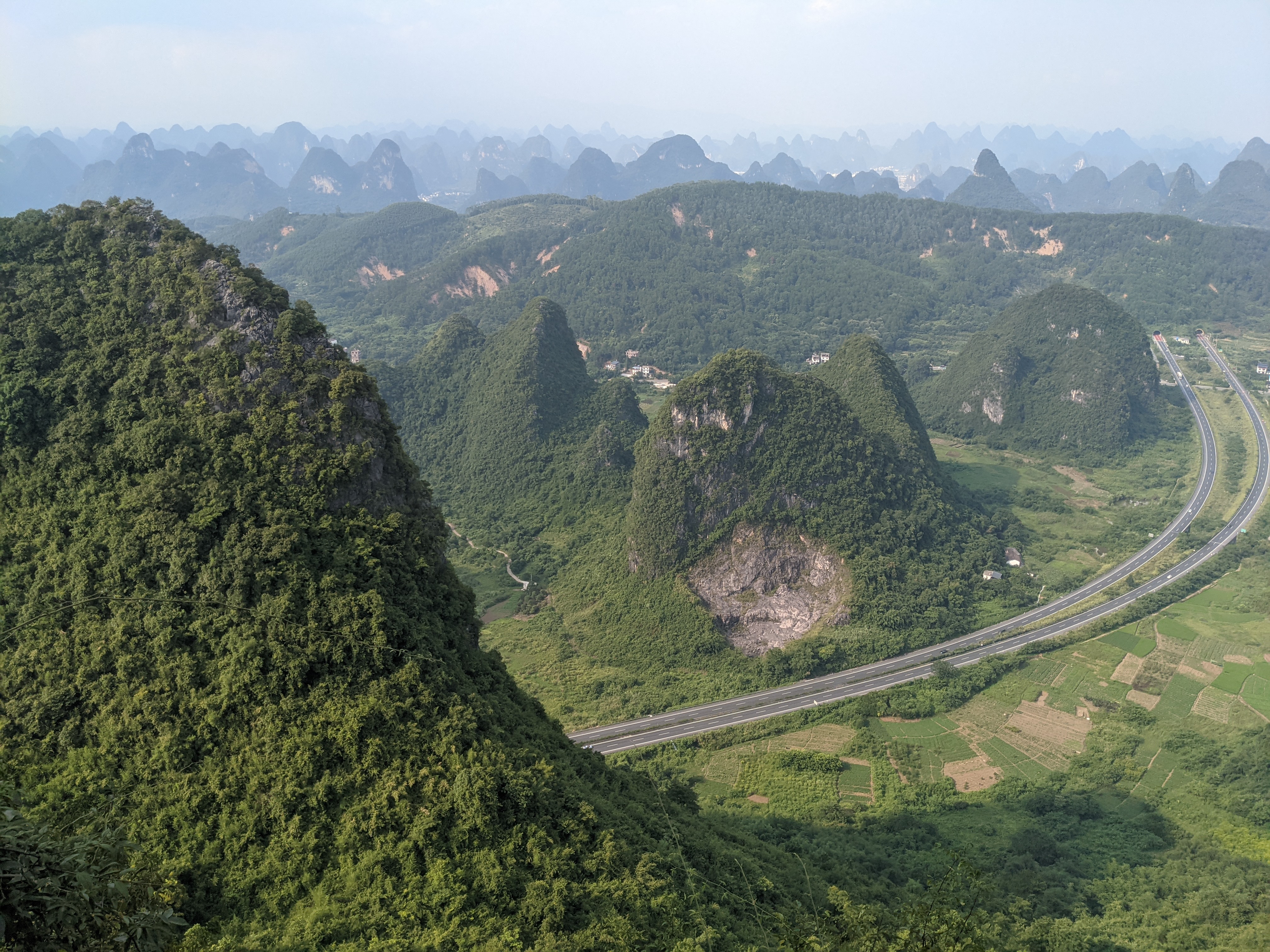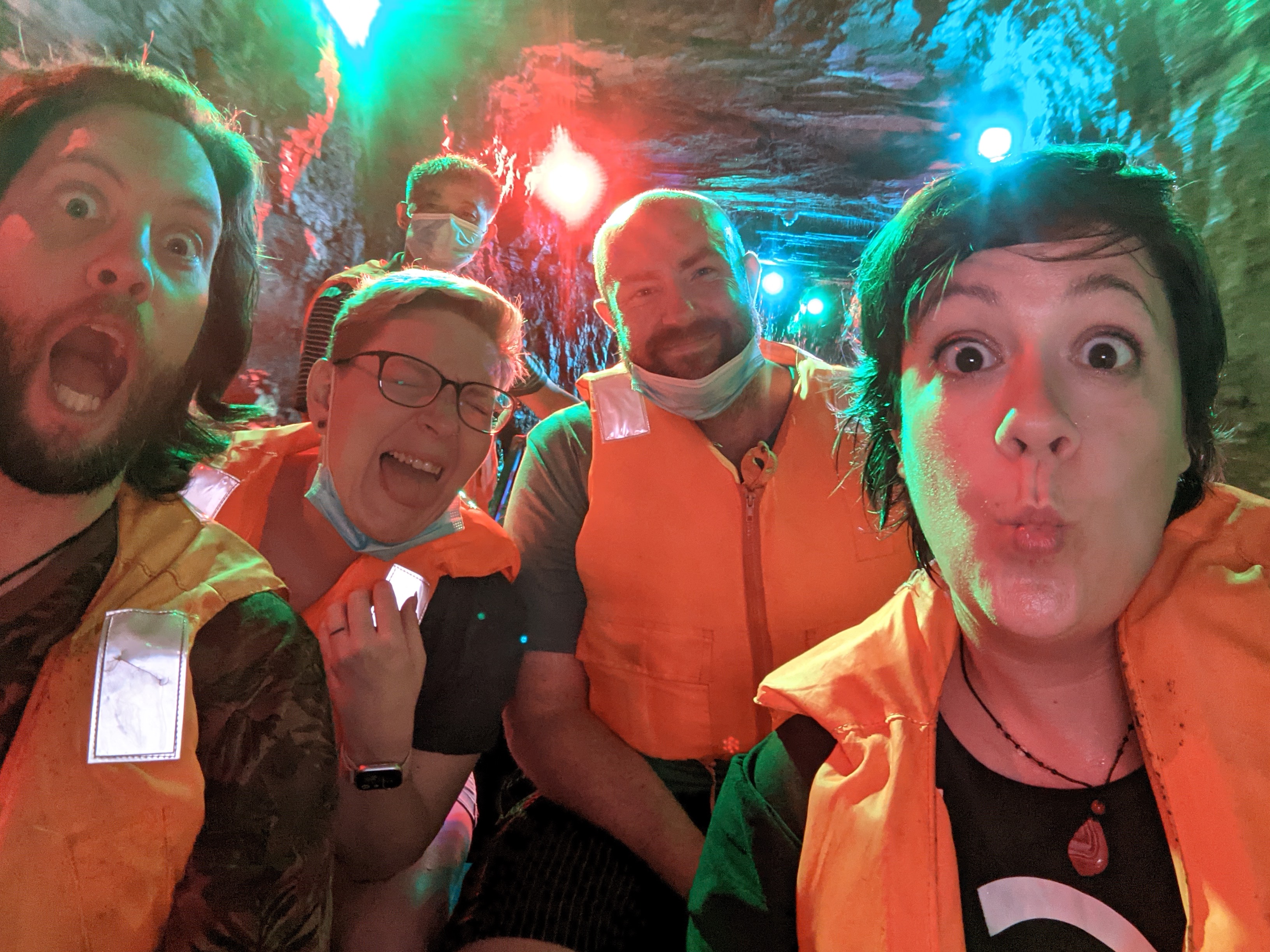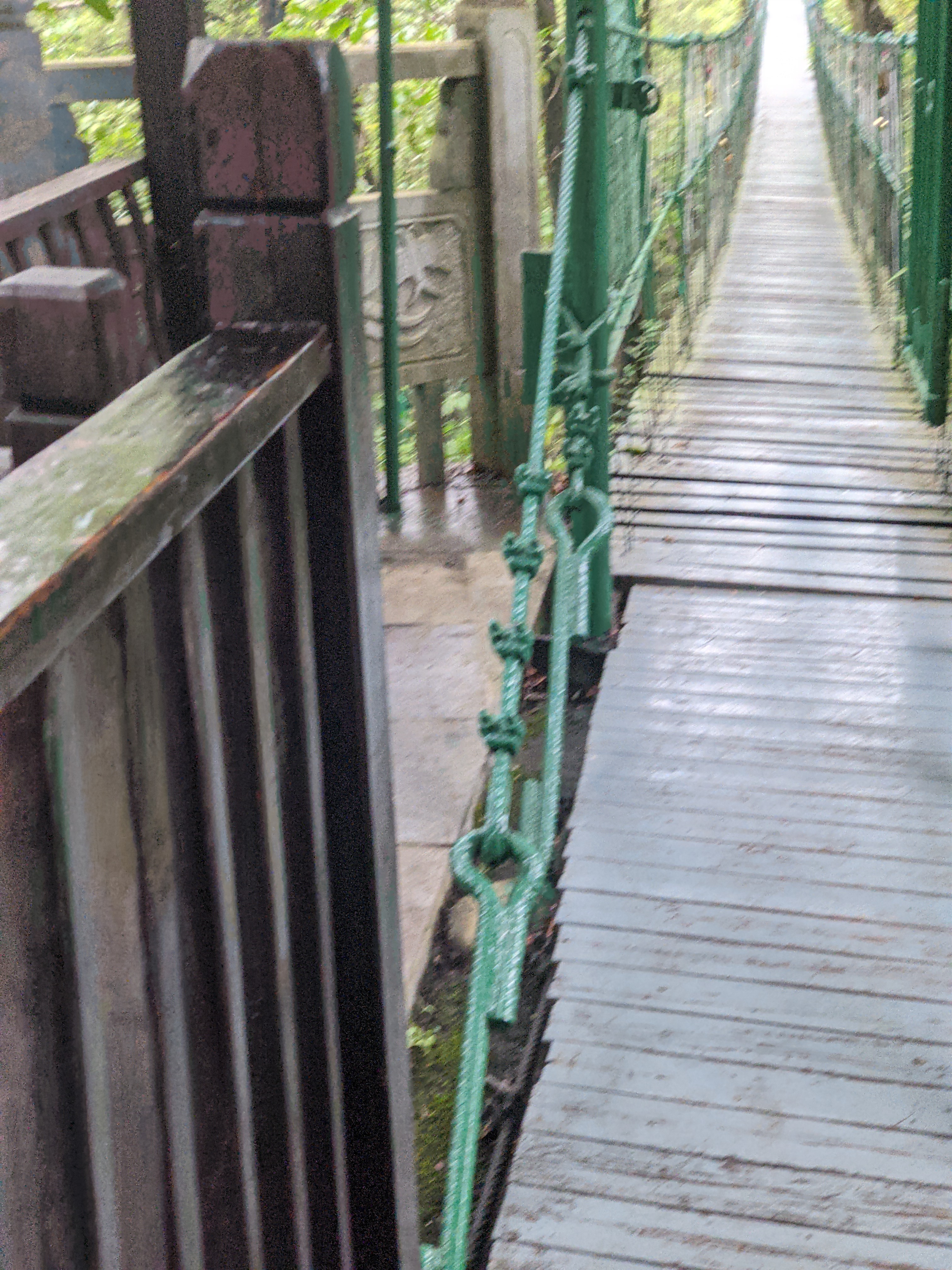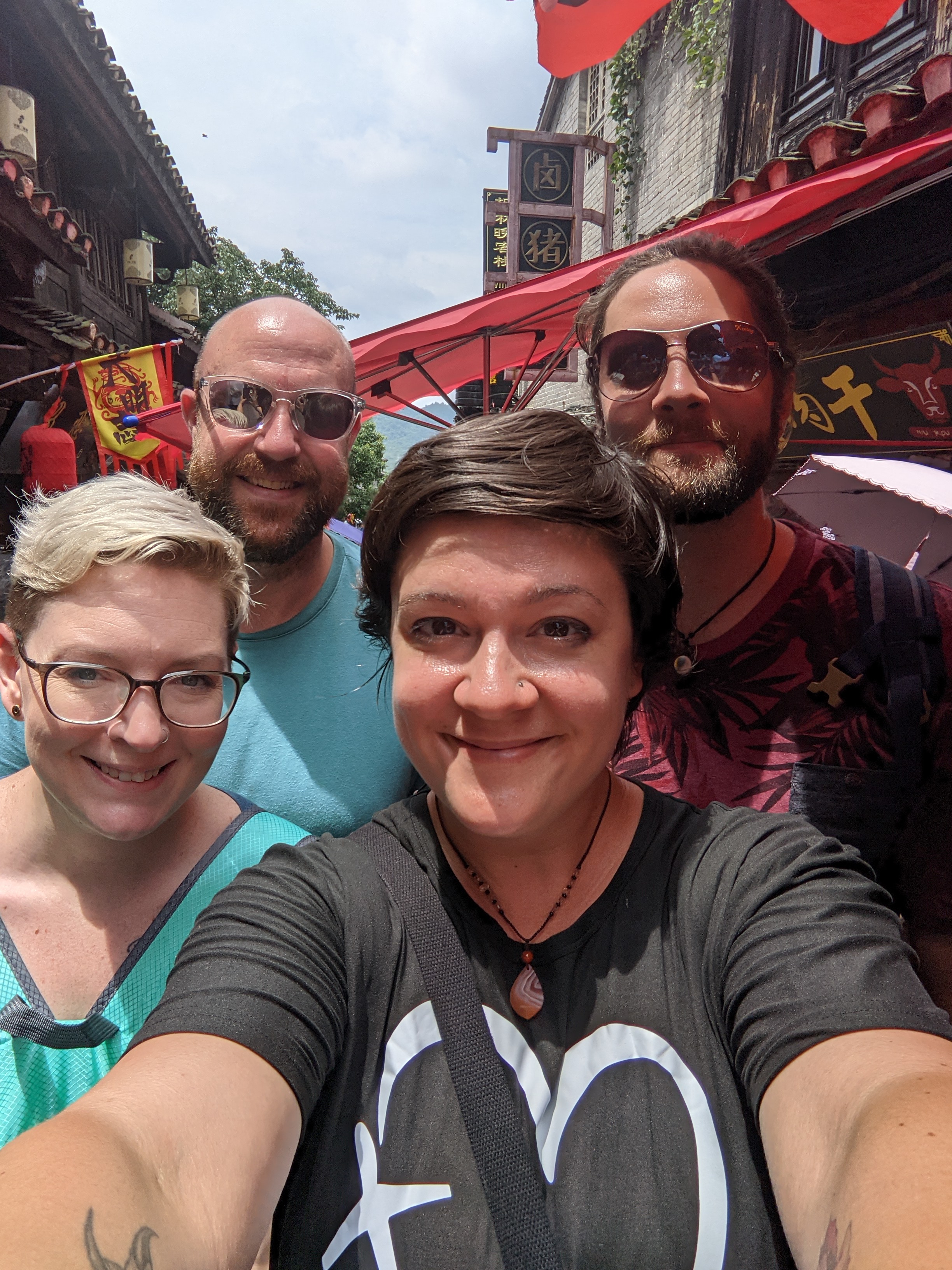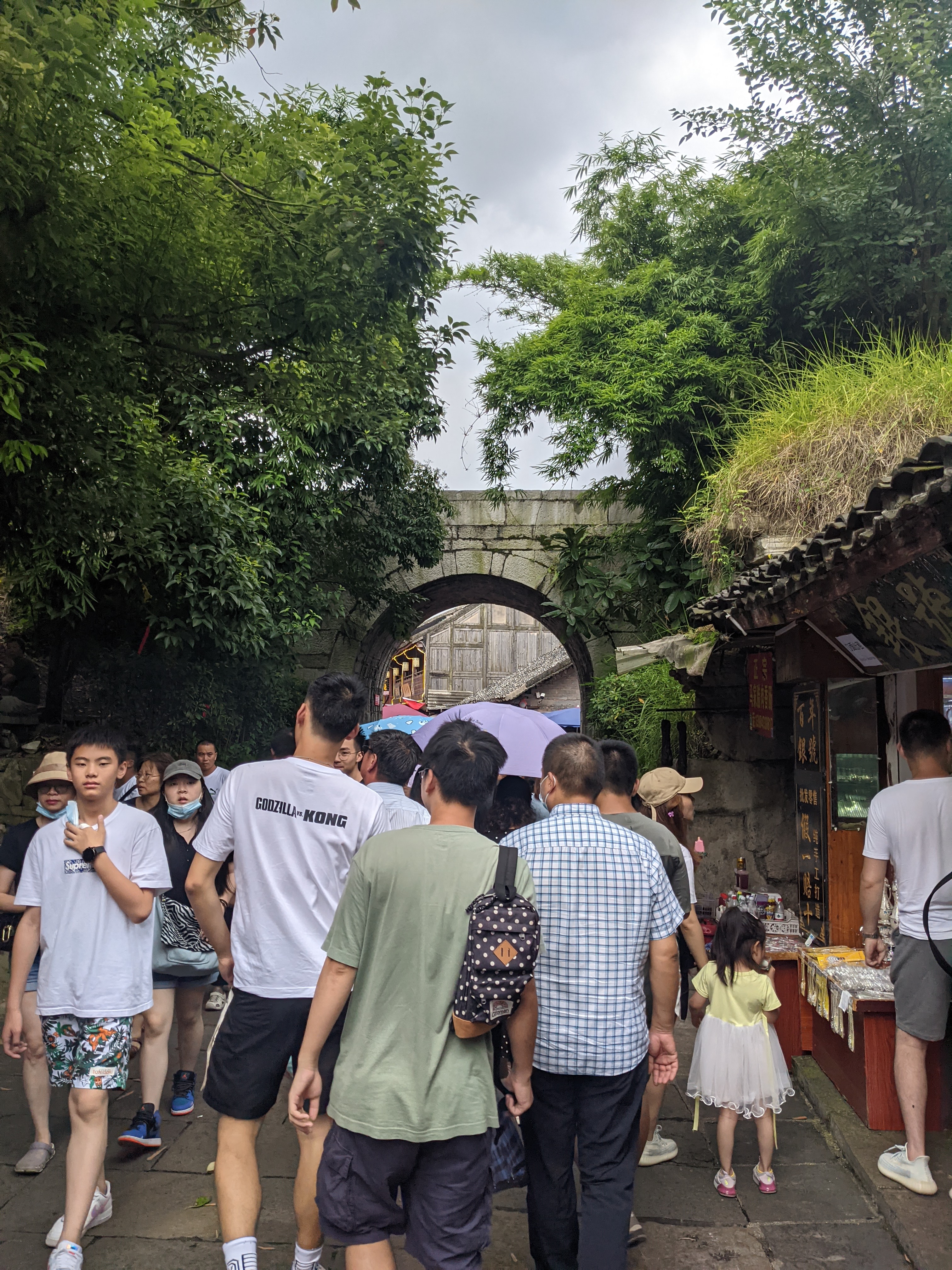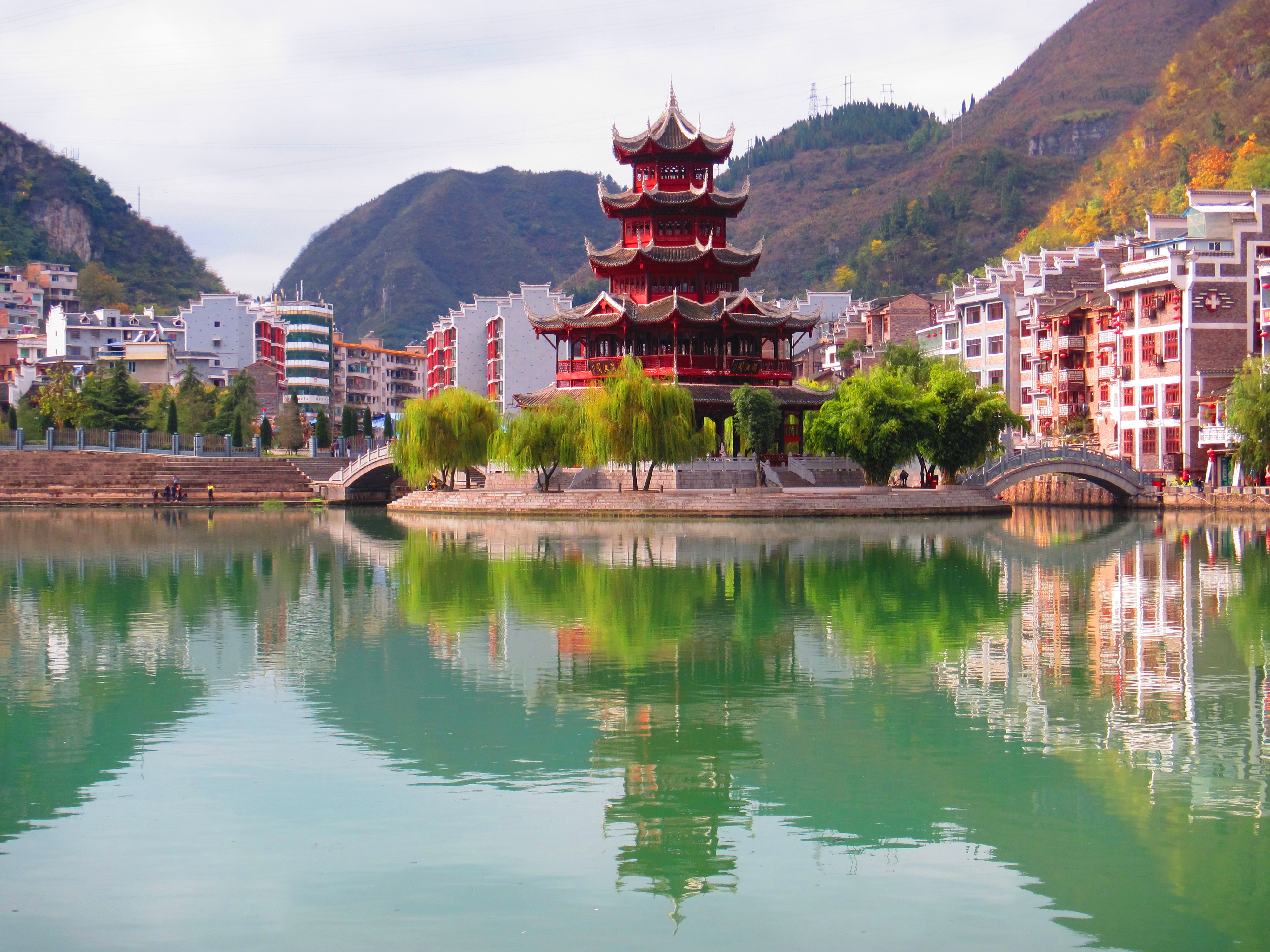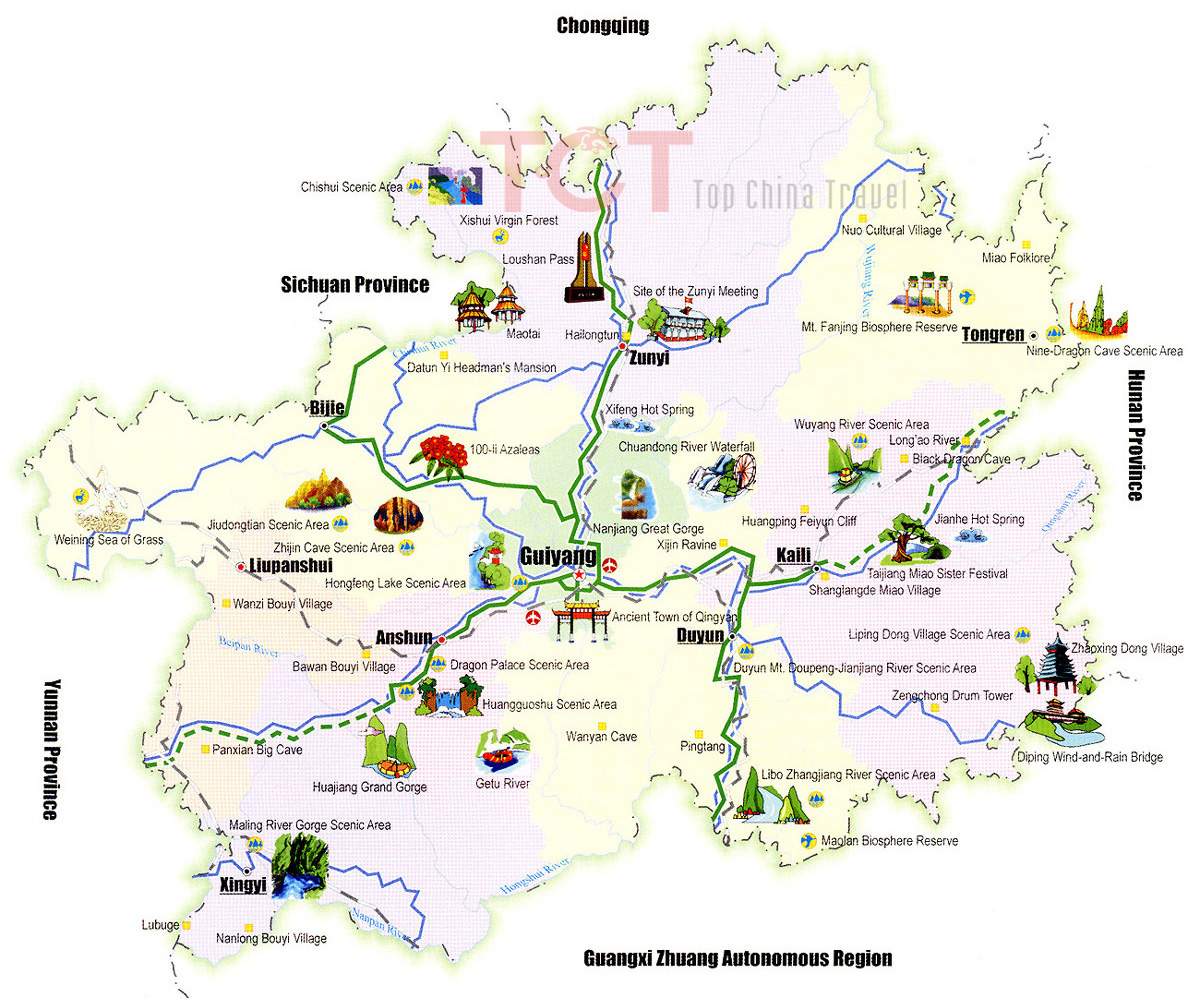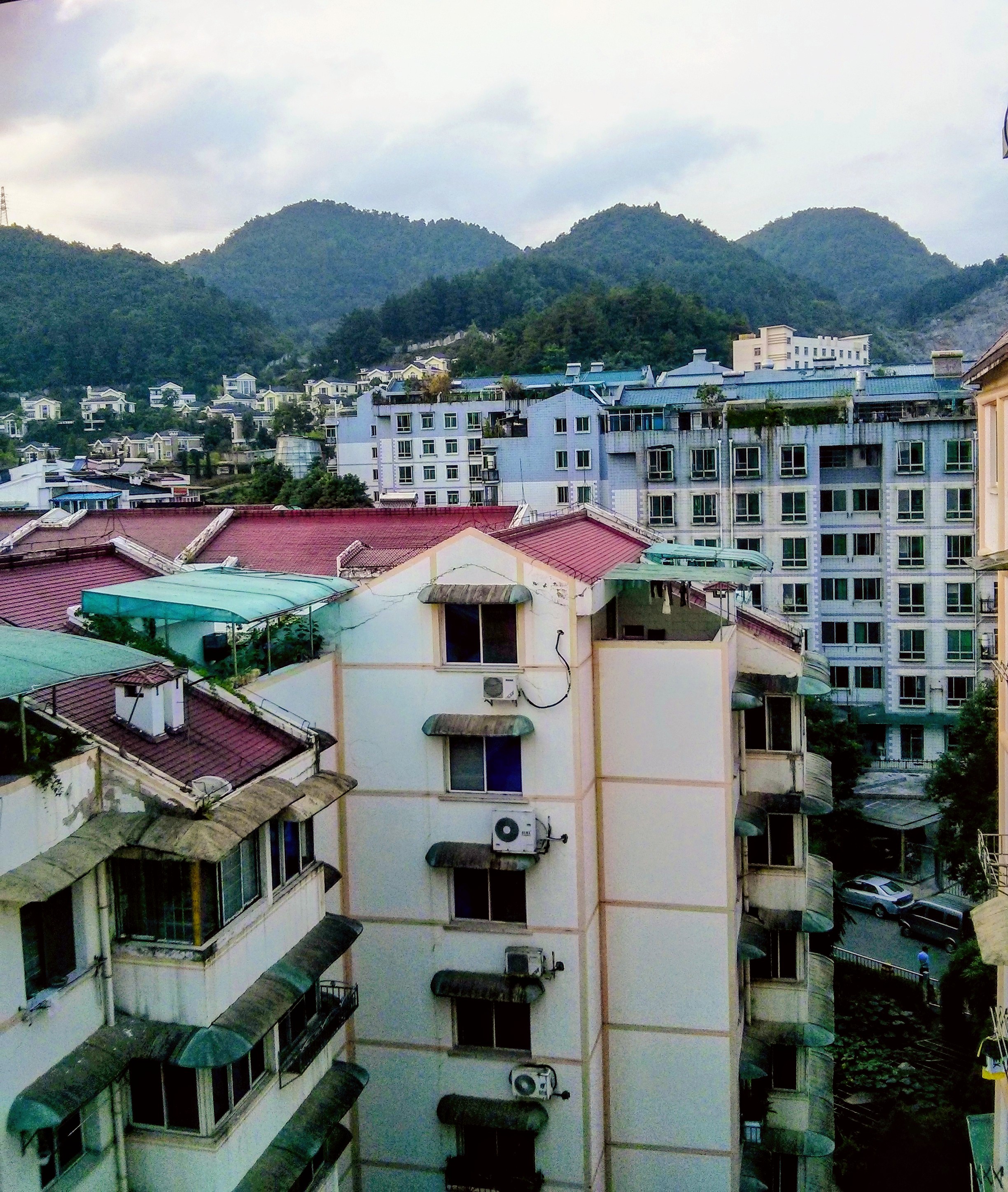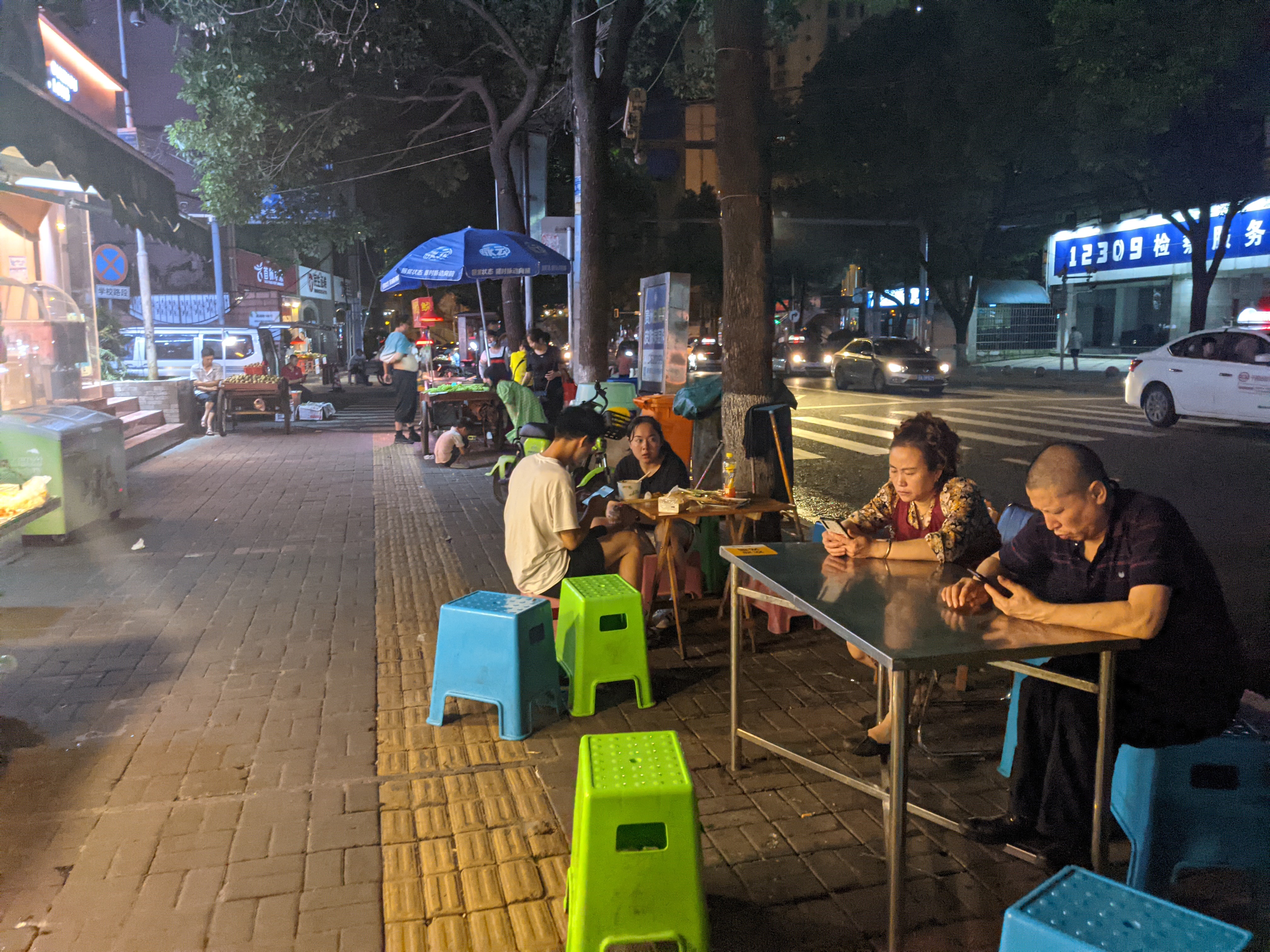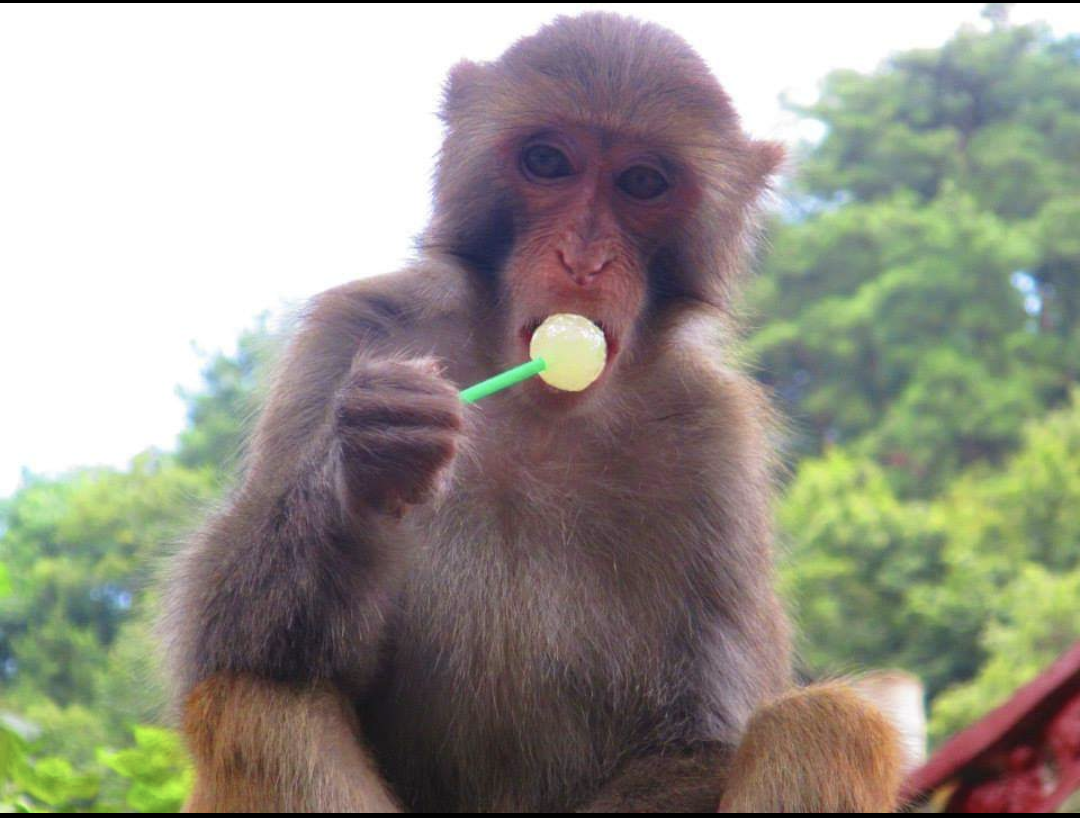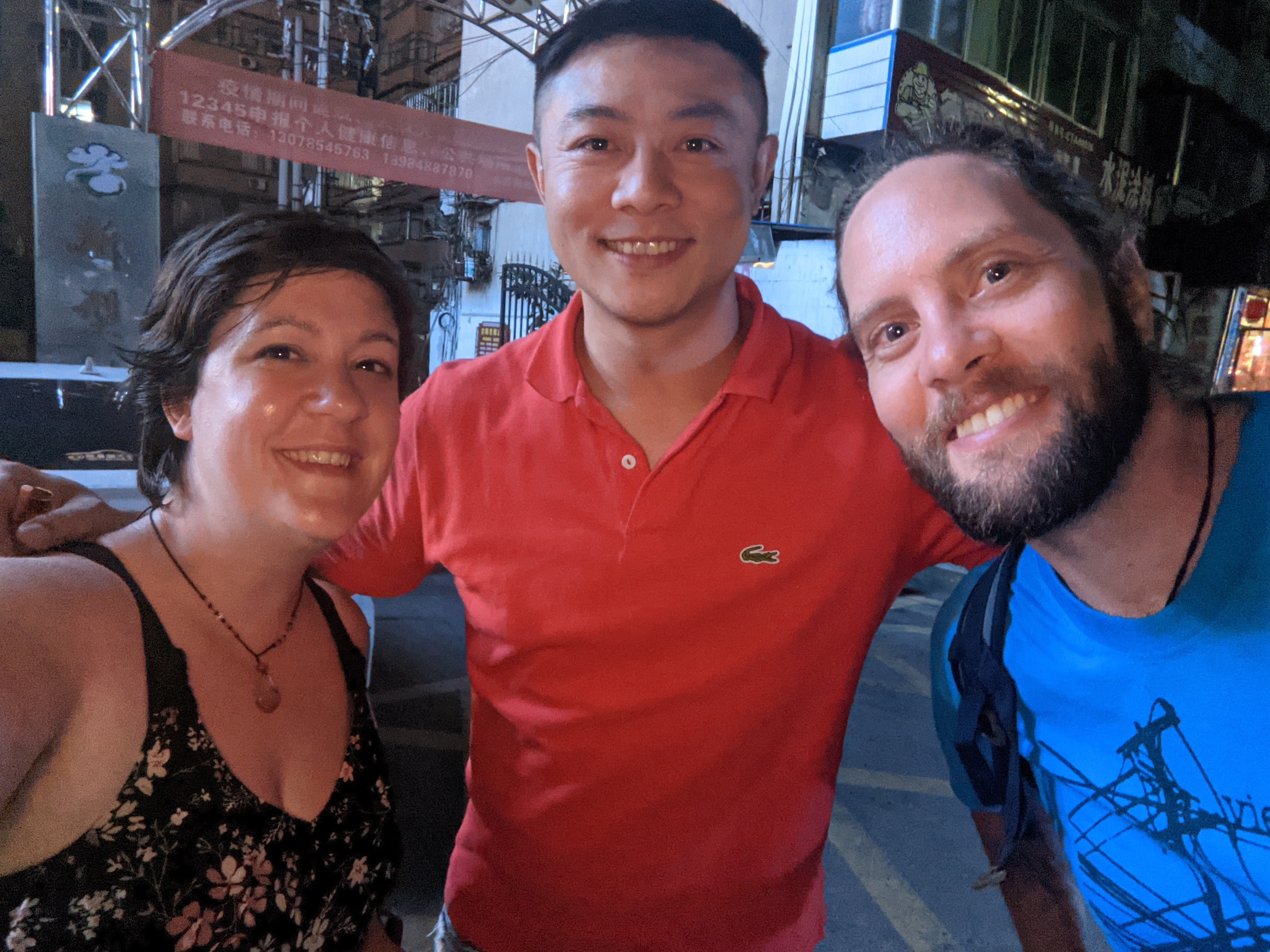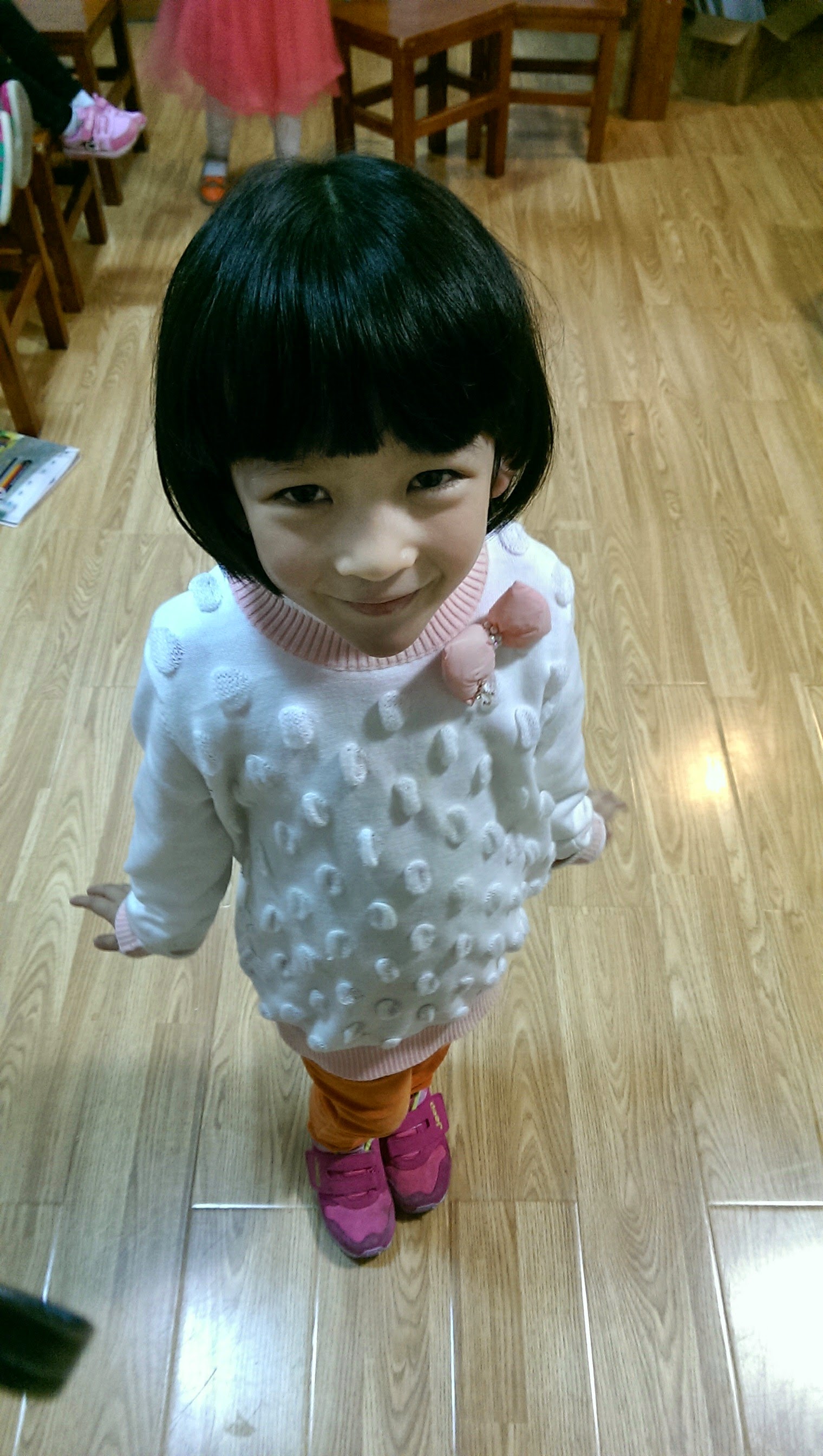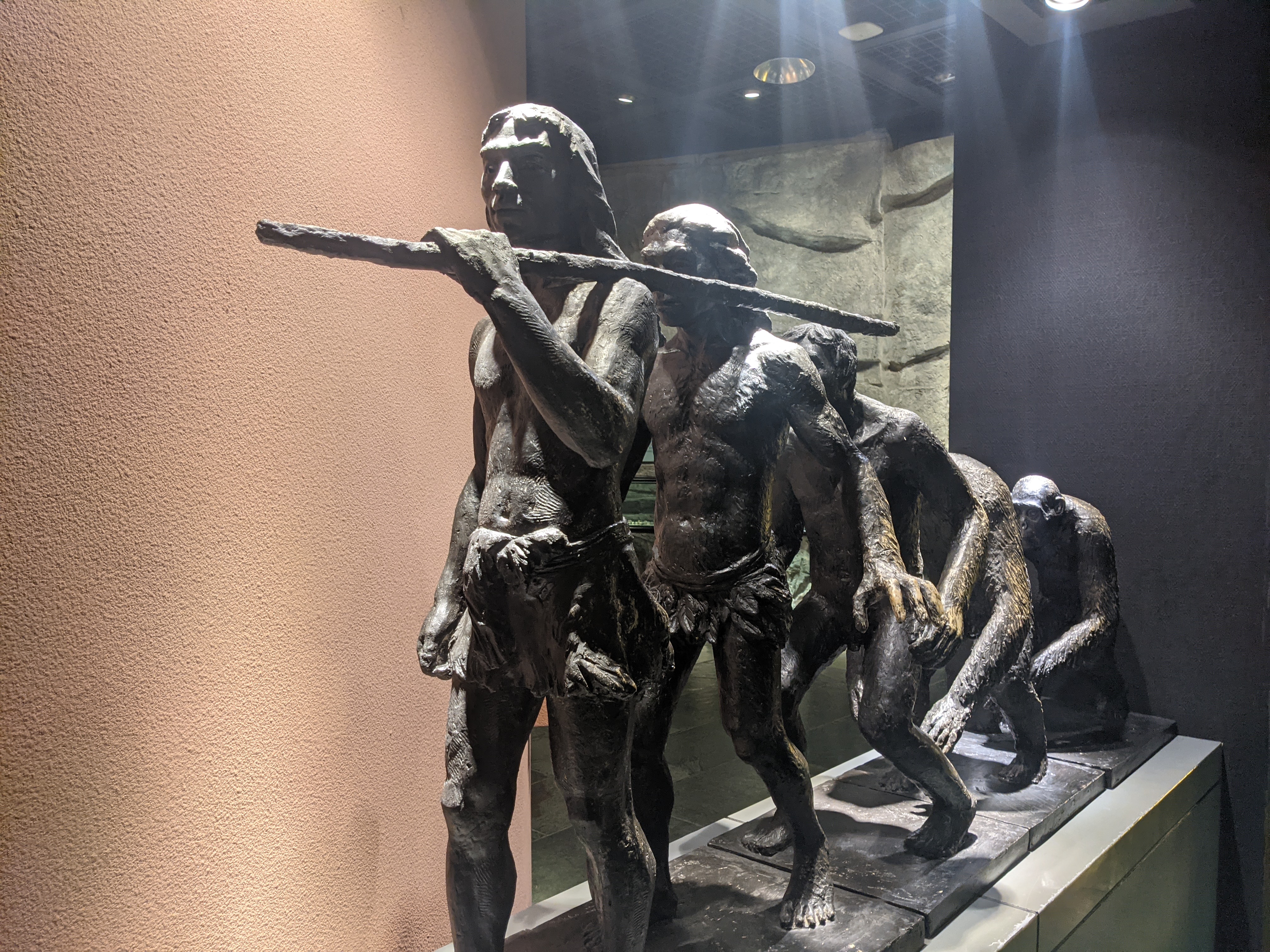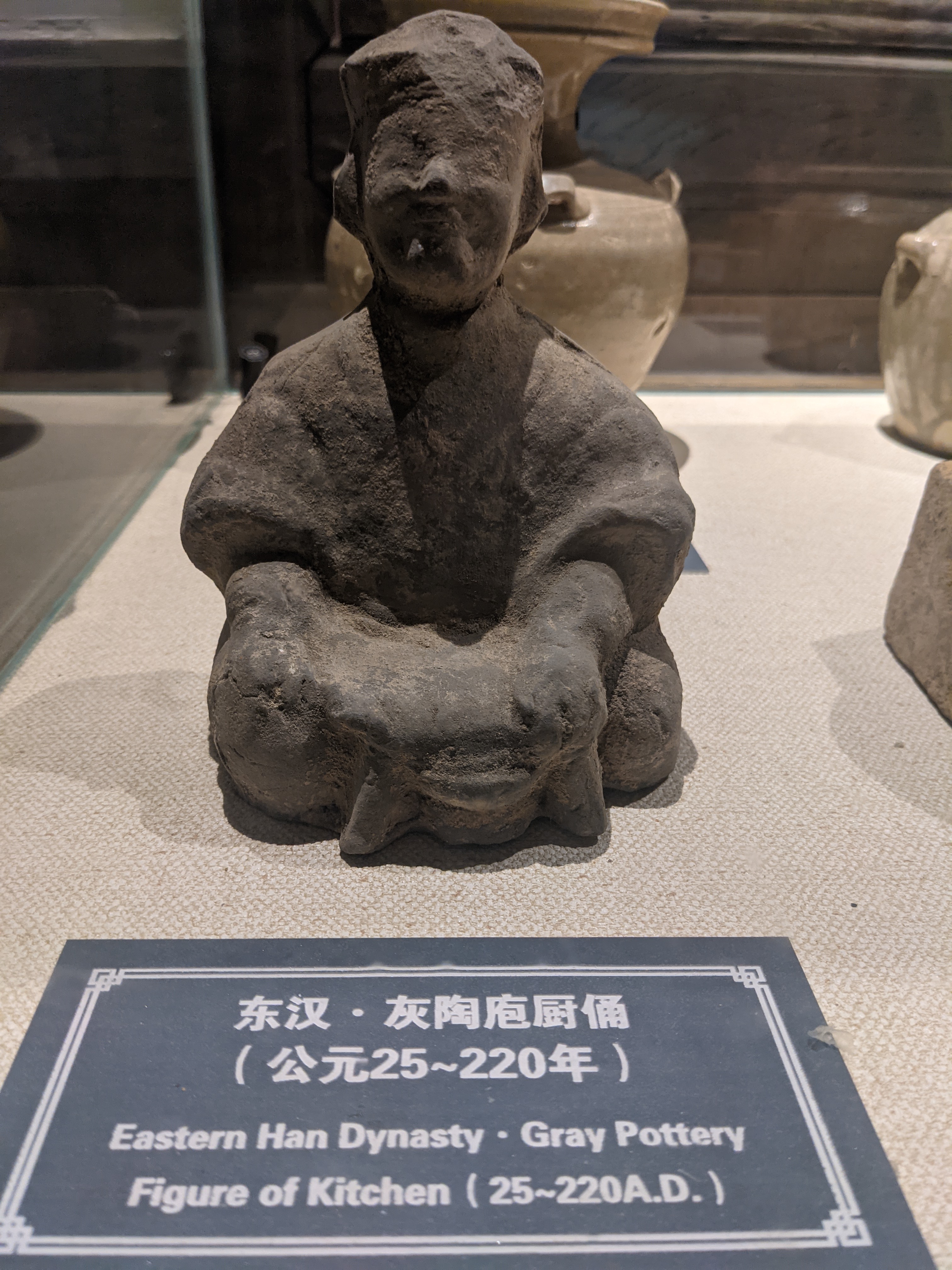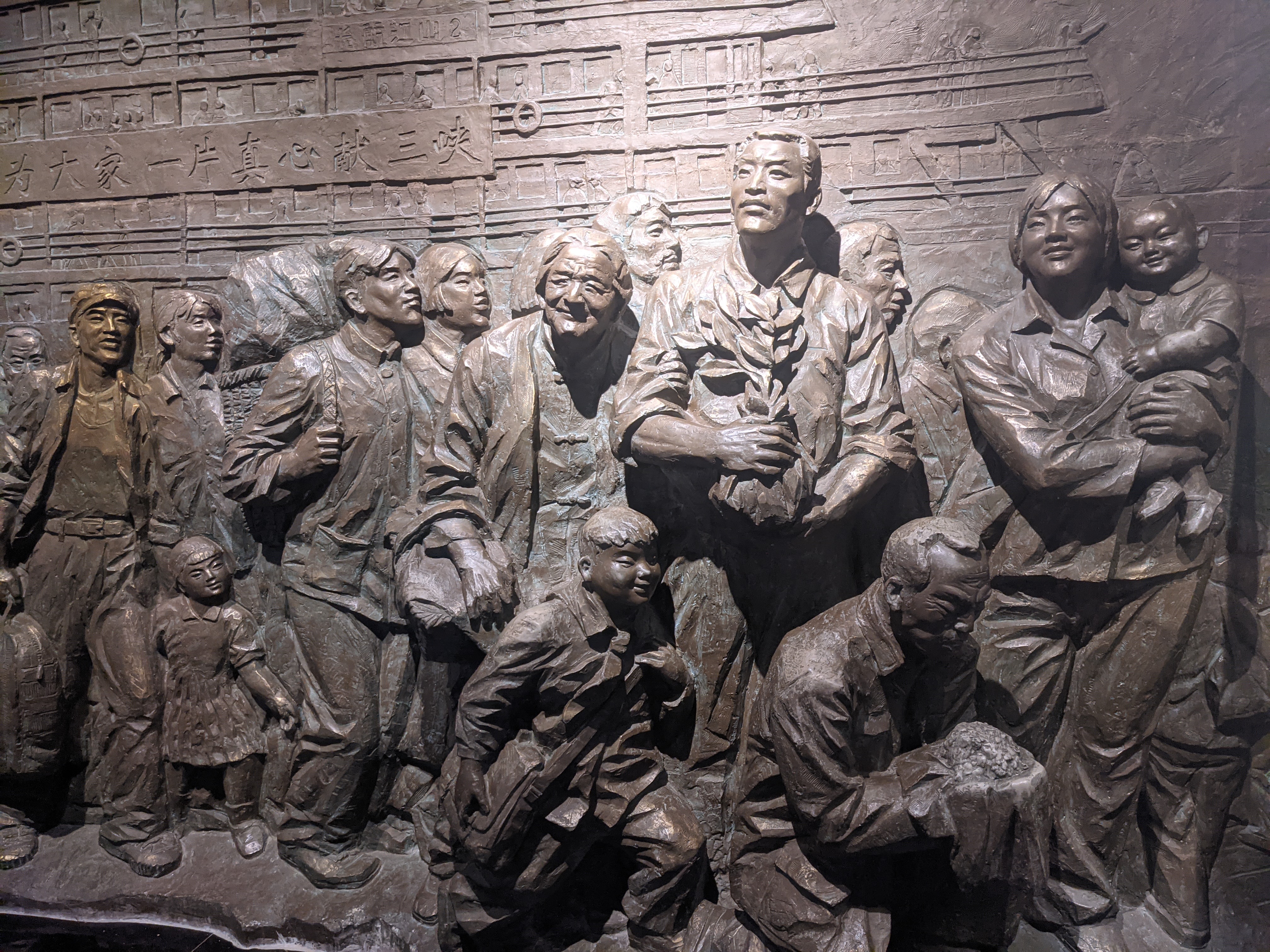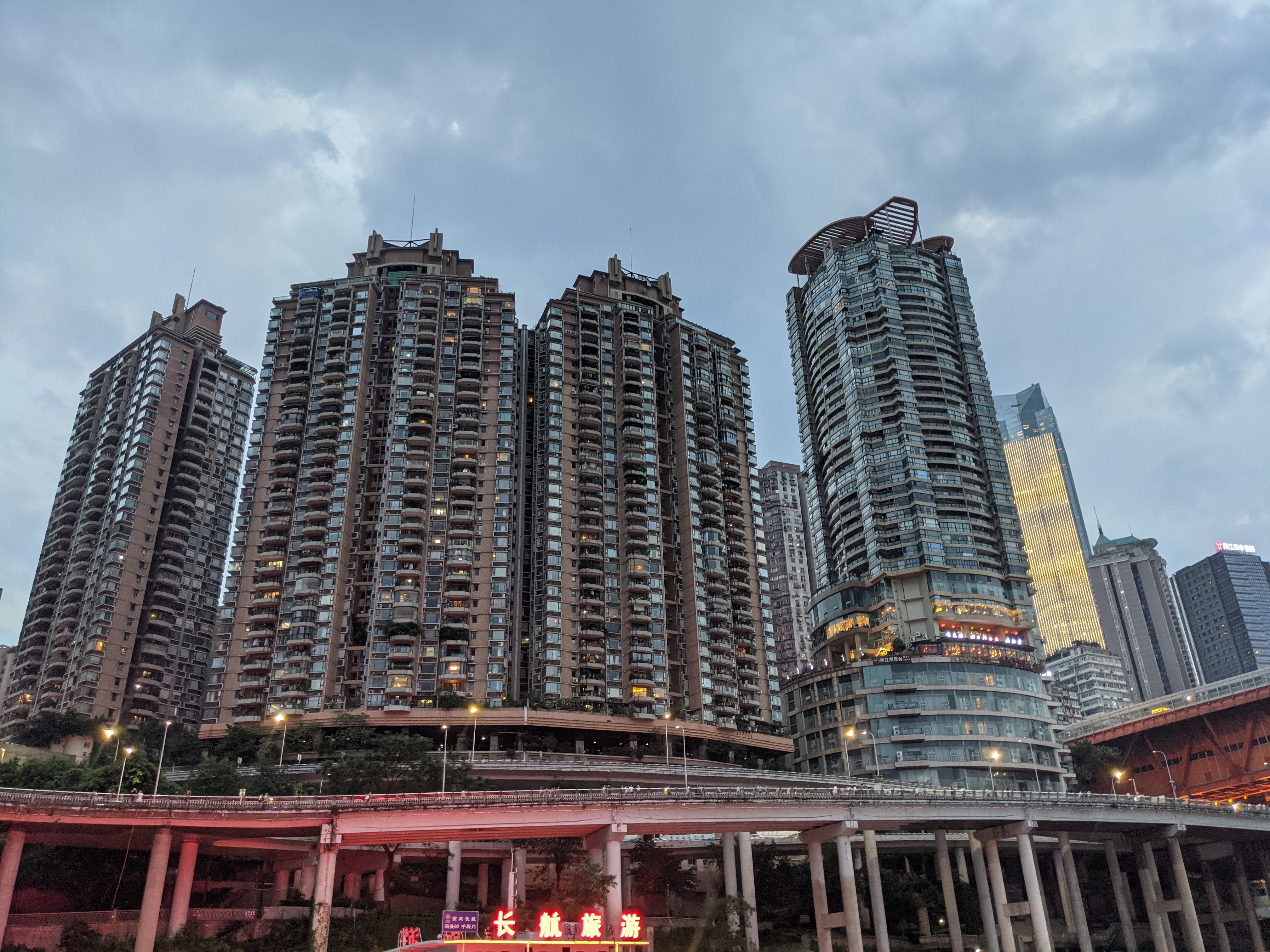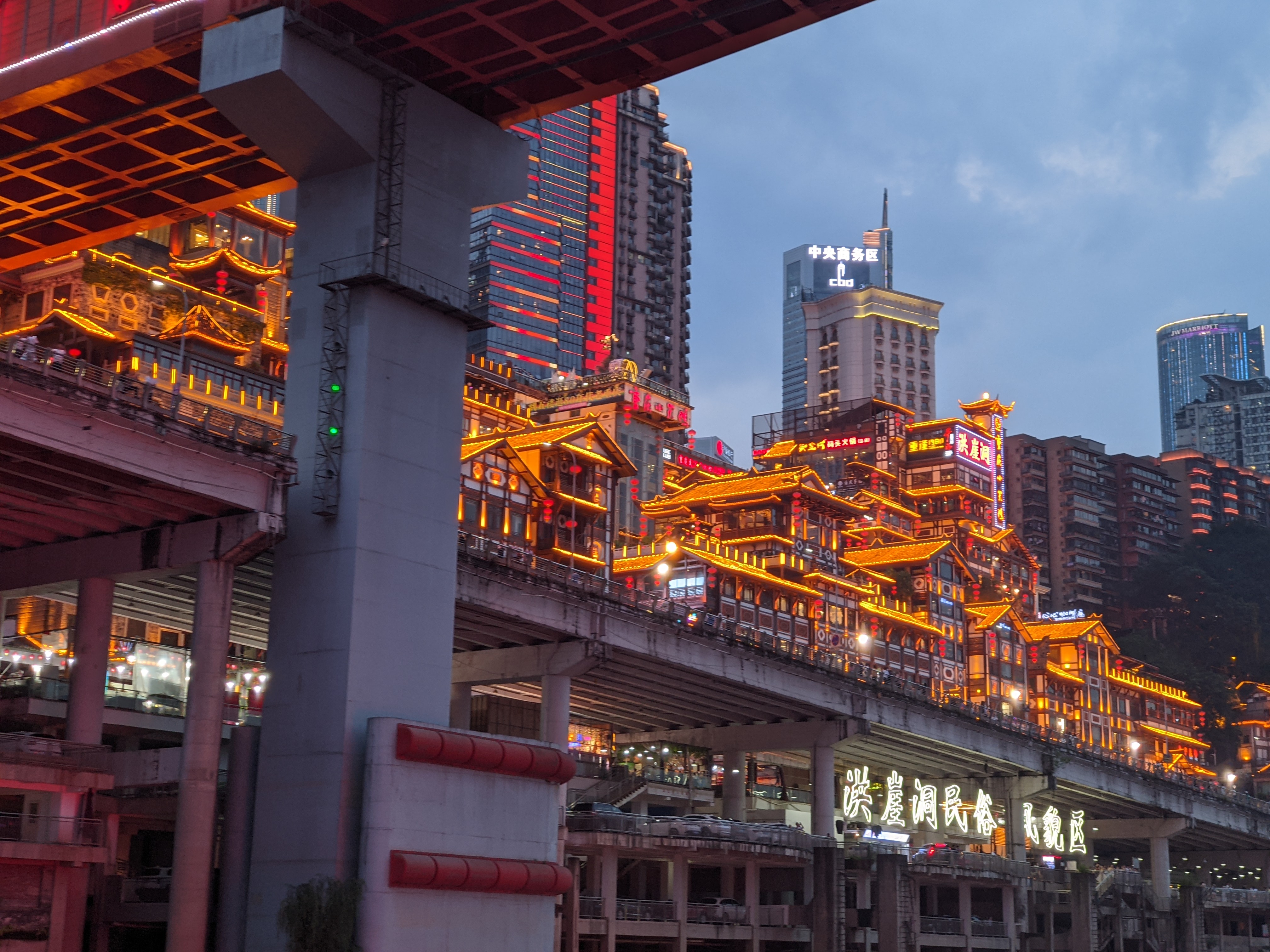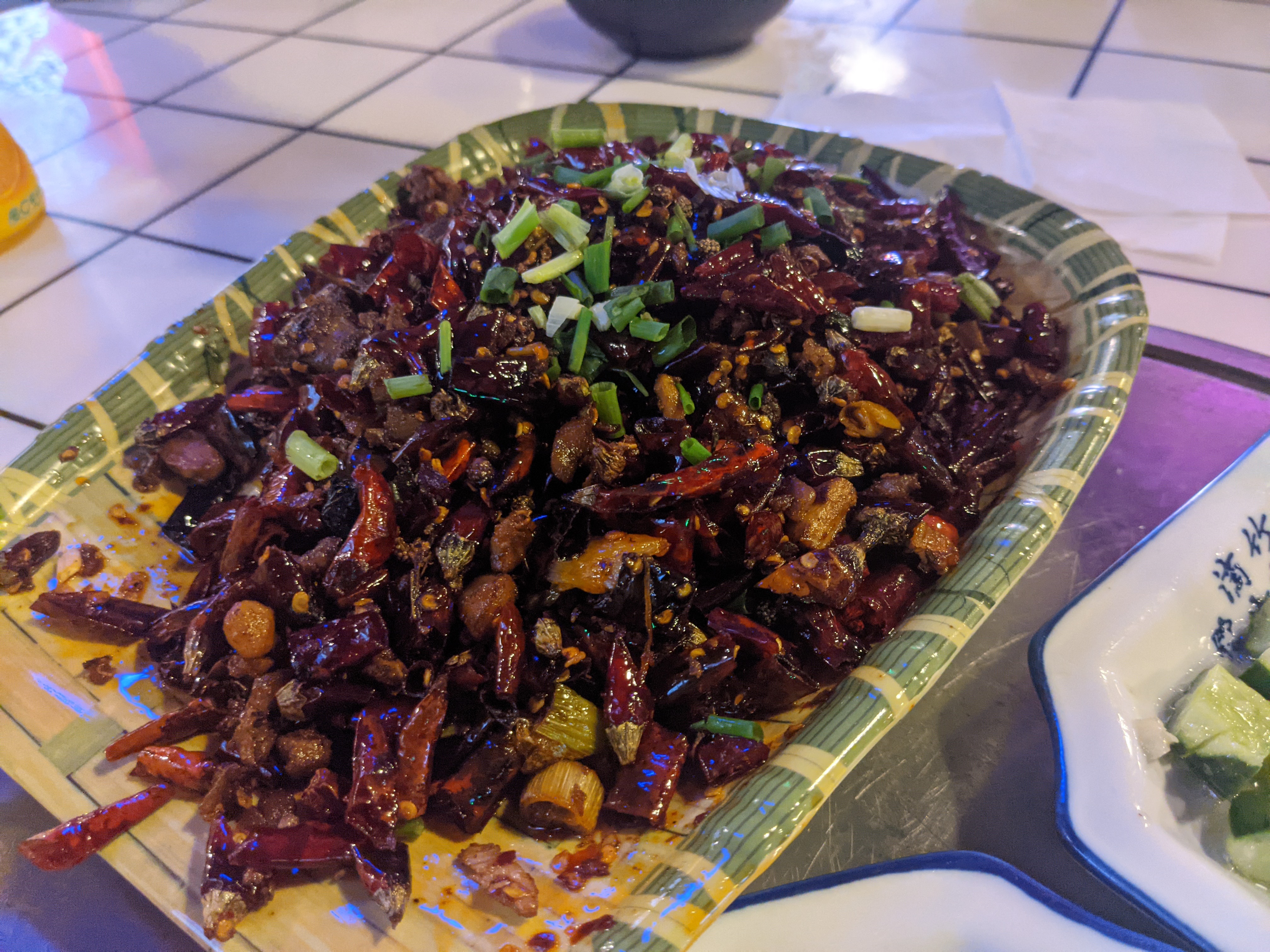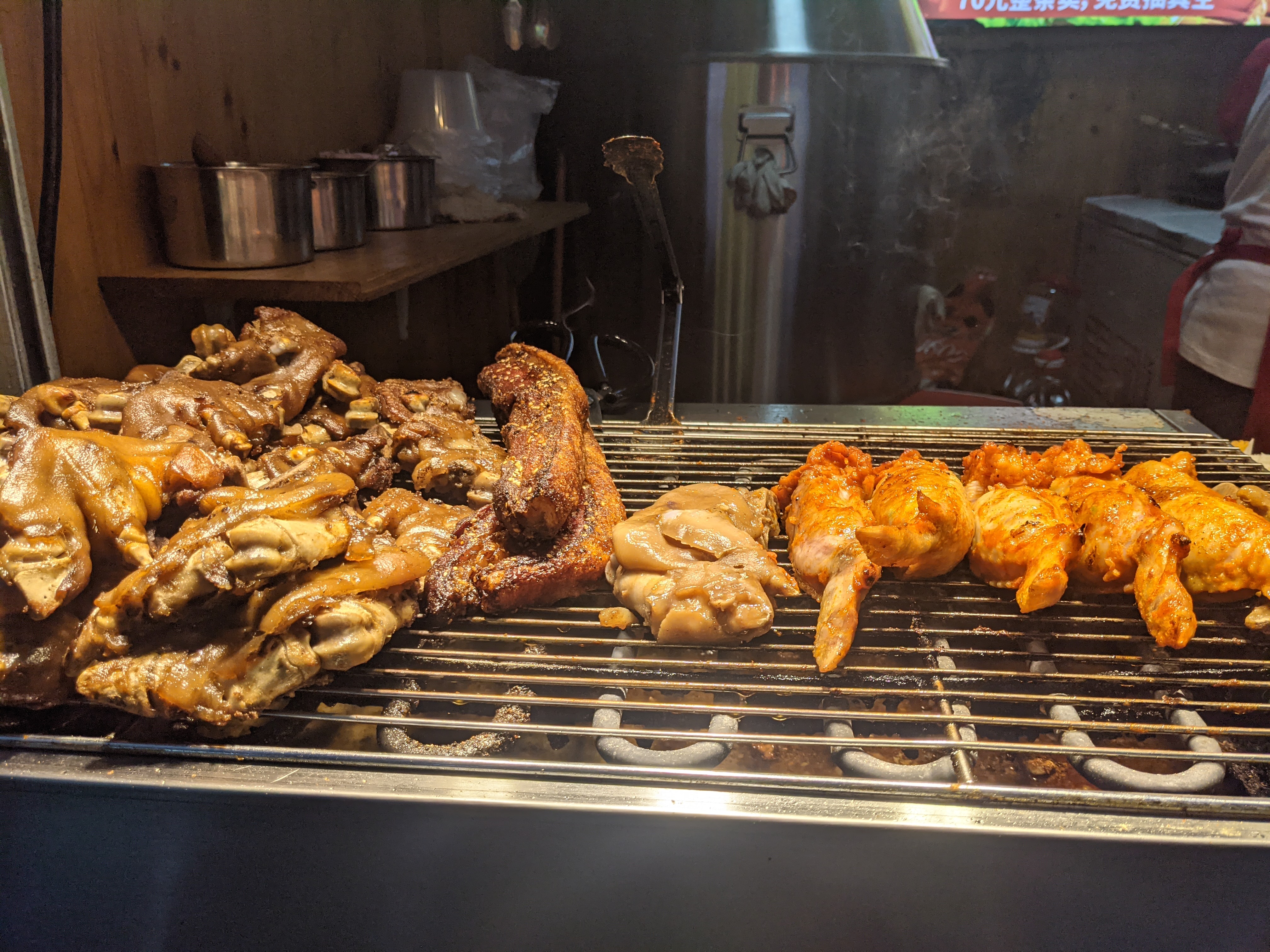We’re in beautiful Hainan, and although still on holiday, I haven’t written for a while. There’s actually a pretty good reason for that: China is experiencing an outbreak. To make matters worse, there was a single sick person in Zhangjiajie while we were there, and the whole country has been put on alert. I figured that might be something worth writing about for my friends back home.

COVID in China
Of course, COVID is something that the world has been dealing with for nearly two years now. It began in a Chinese city called Wuhan, and quickly spread across the world. China failed to contain the virus in early days but became a lot more smart about it very quickly. Mass lock downs took place in every city across China, and international travel was halted for months. We were lucky enough to get back into the country before the major lock downs happened, but many people weren’t. I know so many people who were separated from their spouses for over a year. Some are still separated.

Eventually things got better. Mass testing and strict regulations brought down the country’s COVID numbers to nearly none. In the past year, there have been little breakouts here and there, but they’ve been stopped very quickly but locking down affected districts and through mass testing. Spring Festival saw several small breakouts and the whole country was asked not to travel. Companies offered incentives for their workers to forgo their trips home, and once more, the virus was put back under control and life continued pretty normally.

Volunteers!! 
This dog was all love! 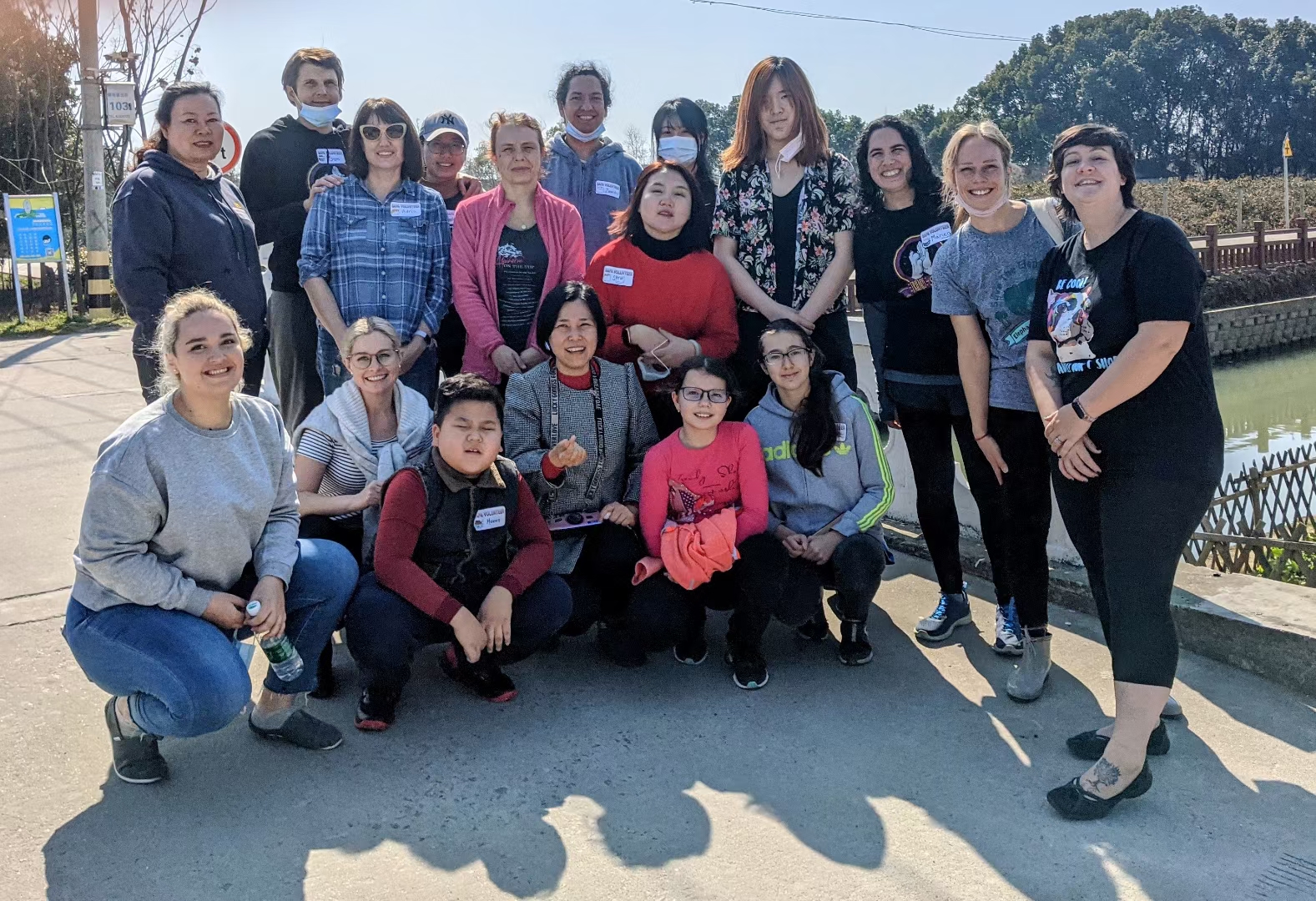
A great trip!! 
Super productive! 
Drinks at W hotel 
Tongli Water town 
Canals are all over in Suzhou. 
White buildings with black roofs are common architecture in ancient towns like Tongli
There has been a massive effort to get everyone vaccinated in China. Dave and I both got our shots and felt confident about traveling within China for the summer. There is still a 4 week quarantine period for anyone coming back into China though, so international travel was off the table yet again. With only 6 weeks off for summer holiday, I couldn’t face 4 weeks of quarantine here and 2 weeks in Canada. Still, I was grateful to at least move around China as we have.
The Delta Variant
Months back, a new version of the virus emerged during a massive breakout in India. That variant has China on high alert because although their vaccine is ok to deal with the original strain, and several others, it isn’t as helpful against this new, more contagious strain. When several airport workers tested positive in Nanjing in June, once more, the country was on high alert. Citizens of Nanjing had to go for daily COVID tests and the whole city was put on lockdown. Unfortunately, cases can go undetected and several sick people left Nanjing, unaware that they were sick.

The patient who tested positive in Zhangjiajie was in the city at the same time that we visited the park. We were lucky enough to never cross paths with him. We were never in the city of ZJJ itself, and he was at the park the day that we left the area. Still, it caused a bit of problems because our 2 week travel history shows Zhangjiajie.

Shortly after we were in Haikou, someone tested positive there too. Once more, we were never in any of the same places as this patient, but our codes were flagged. We decided to hunker down a little longer at our hotel on the outskirts of Lingshui. I’m very happy we had booked here and not in Sanya or Haikou, which are much more popular tourist destinations. We booked this way specifically to keep away from crowds. Even though China has remained relatively safe for the past 18 months, we like to be careful.

Being Responsible
We have done our best to be as responsible as possible with all this information. We got tested right away, and have been avoiding crowds. We’ve spent most of the last 2 weeks either in our room, or walking in areas that aren’t too populated by people. We did make a trip into Wanning and Wencheng when our tests came back negative, but the following day we got a call from the district Health Authority asking where we had been in Wanning, because there was a suspected case there. Once more, we were lucky enough to not have crossed paths with the person (he had been at the testing center, and we had been at the outlet mall) but it was enough of a scare to get us not to travel anywhere else on the island ever since.

The last couple of weeks have been kinda scary. We got SO many messages from friends back in Suzhou, scared for us because we’d been in Zhangjiajie. Suzhou itself has gone a little overboard and is forcing anyone who was in ZJJ to do a hotel quarantine, regardless of multiple negative tests. Even though we were never in any of the same places as the ZJJ patient, if we went back to Suzhou now, we would be put in 2 separate hotel rooms and stuck there until we’d been away from Zhangjiajie for 2 full weeks. Even if we had multiple negative tests.

This is why I can say, with confidence, that we never crossed paths with these people.
This is part of why I find it so strange that people think that wearing a mask in public is such an infringement of rights. China has taken much further measures tracking and posting positive patients’ whereabouts and enforcing mass quarantines and testing. We honestly don’t even mind going along with most of it, because we’ve seen first hand the effect these measures have had on reducing the number of cases here in China.

Suzhou itself is a bit of an extreme case. Events are forbidden there right now, and bars have been closed. Many buisnesses are only allowed 1/2 capacity. Schools are even shut down for all of August, which will affect me at the end of the month. There’s mass testing happening right now in Suzhou, and I have several friends in quarantine hotels at the moment. Suzhou hasn’t had a single case of community transmission, so it feels like an over reaction, but at the same time, these measures might be why there hasn’t been a single community spread there since May 2020.

By contrast, we didn’t have to quarantine in Lingshui. We chose to, until our tests came back negative, but it wasn’t forced. When someone tested positive in Haikou, Hainan’s capital, things did tighten up. Masks were enforced and temperature checks came up again, but other than that, it’s been business as usual. So far, everyone who was near the Haikou patient has tested negative, and Hainan province is still only showing up with 1 case in all the news reports. This is a relief and probably due to all the calls made by the Health Authority to anyone who came into contact with the positive patient. It was nipped in the bud, and stopped before it could spread.

So that’s been our last couple of weeks in Lingshui. We’ve mostly be working and catching up on some reading. Of course, we’ve made full use of our balcony tub as well. When we have gone out, it’s been to places with few people, and always outdoors. Our trip to the outlet mall in Wanning was a lesson and we didn’t need to learn it twice.

Spent a bit of time at the pool, although very little. There are only 2 loungers in the entire area. 
We were shouted at our first time down there because we weren’t wearing swim caps (one of the stranger COVID precautions we’ve heard). Ironically, another swimmer kept HORKING on the side of the pool every few minutes and no one said anything to him. China has a long way to go in that regard 
A beautiful sunset on a quiet evening walk 
Lots of great paths by the ocean 


A very wavy beach. Once more, there were no loungers to be seen. 
In our tub on the balcony! 
The view from our balcony 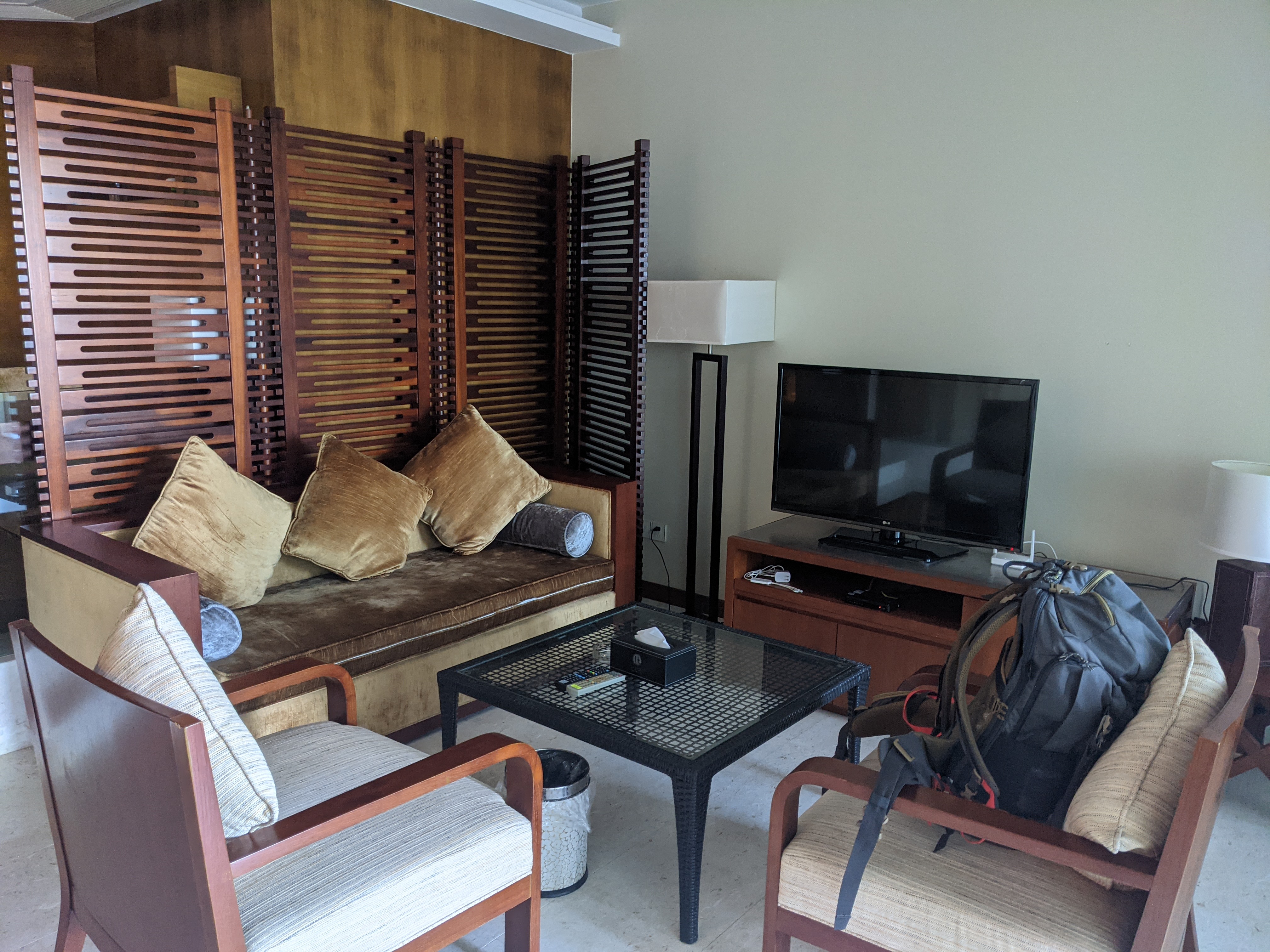
We have a great little sitting room and dining room in our hotel, plus a nice desk in the bedroom. Dave has been able to get lots of work done in the last 2 weeks and I’ve been marking and getting ready to launch more of our Merch Line!
I’ll be back soon with some backlogged posts about our time in Hainan last Christmas. I never got around to finishing those posts thanks to some nasty food poisoning, followed by a very busy January full of exams.

Are you living in China right now? What have your experiences been this summer? If you’re not in China, what is your perspective on the way the virus has been handled here? I’d love to hear your comments!
